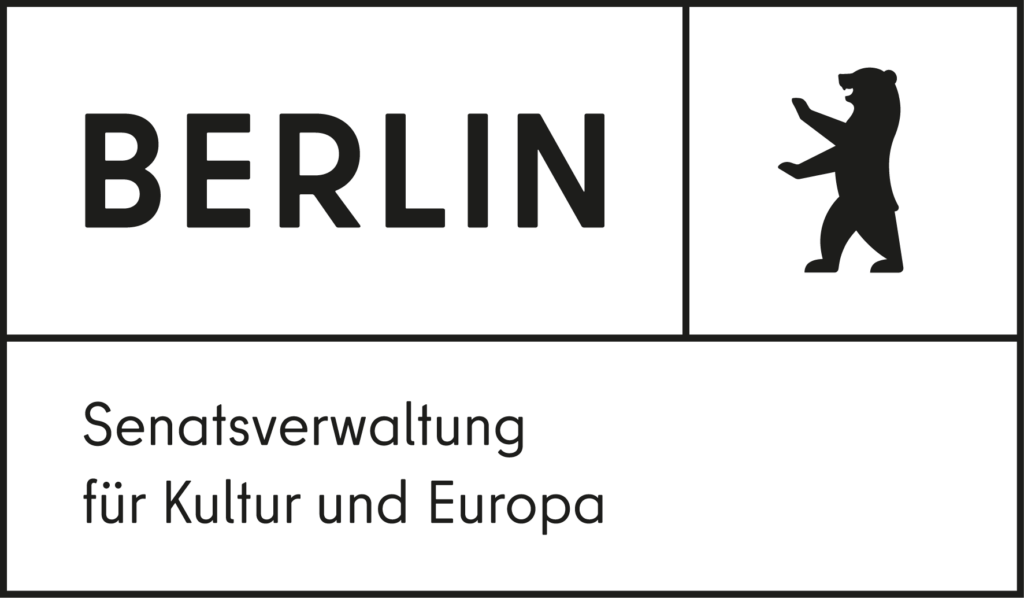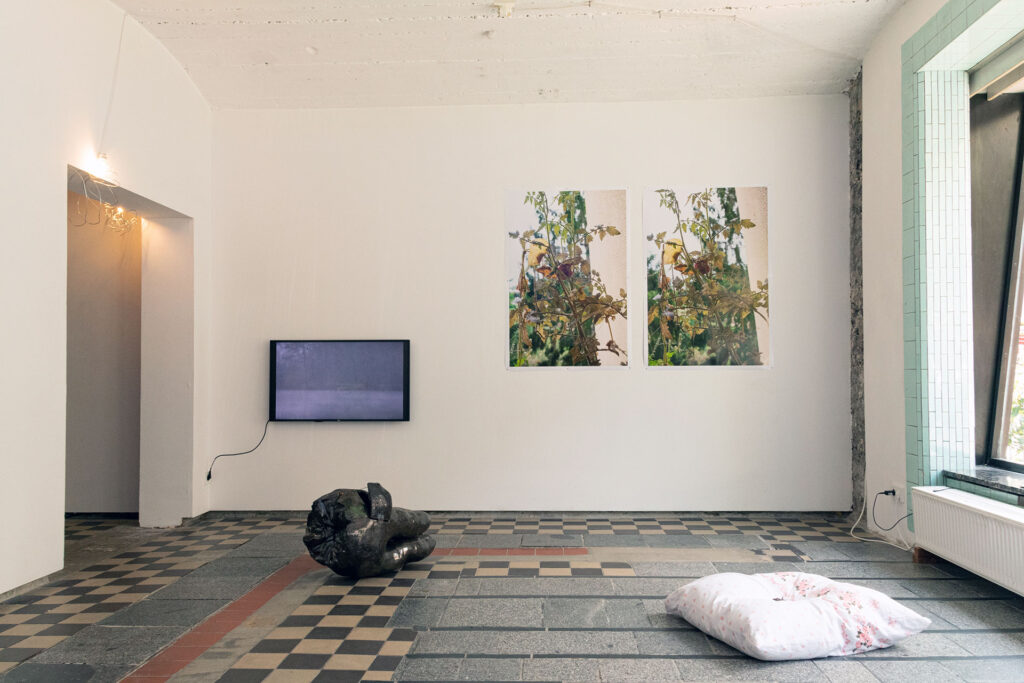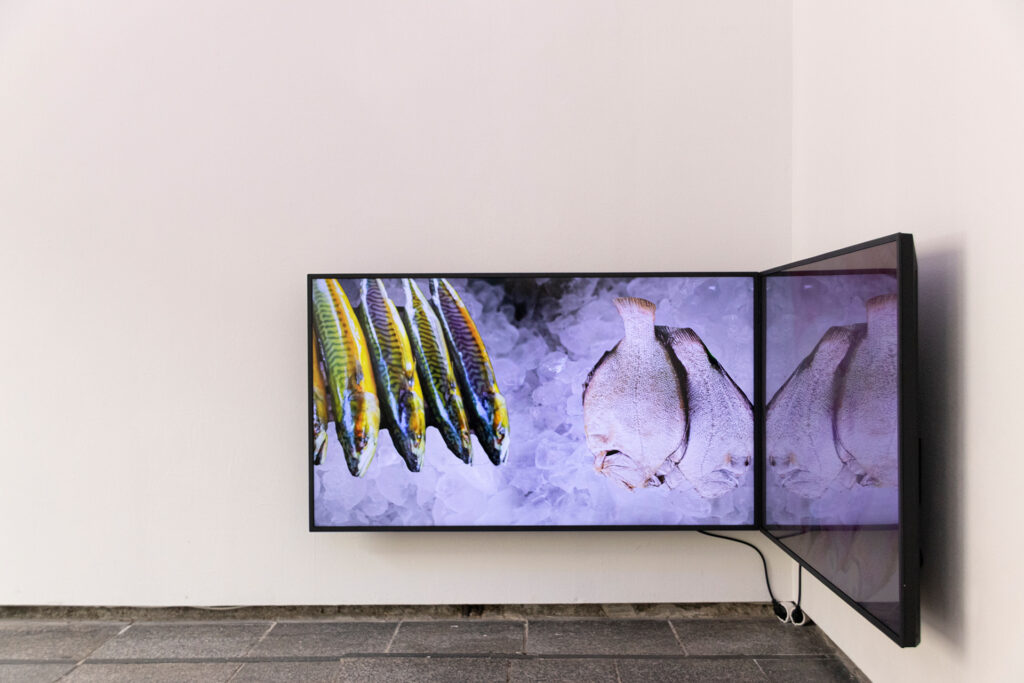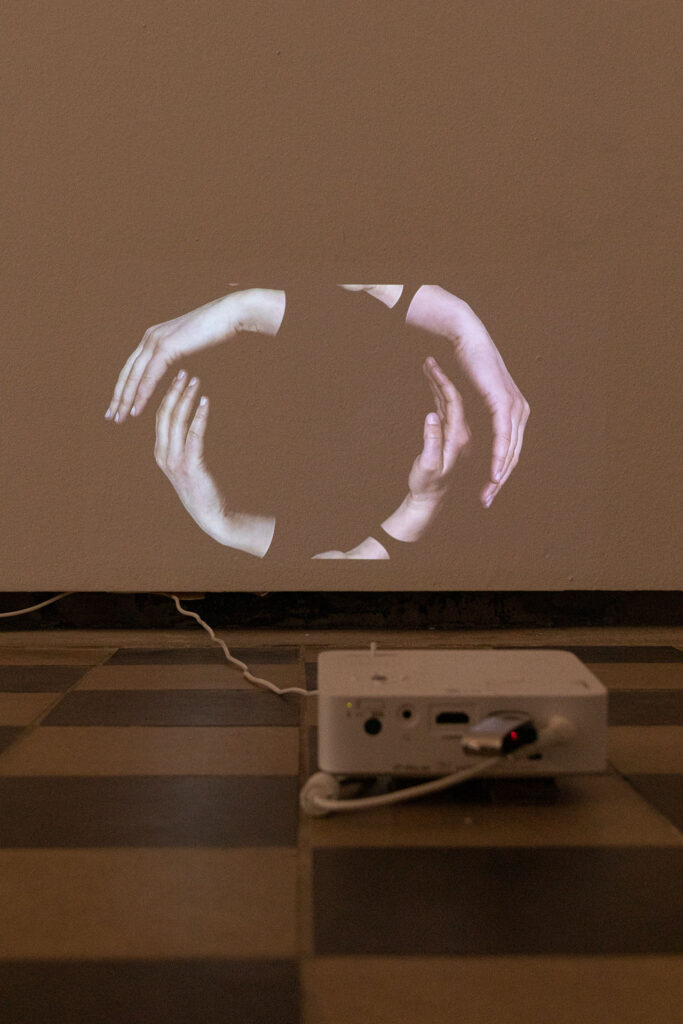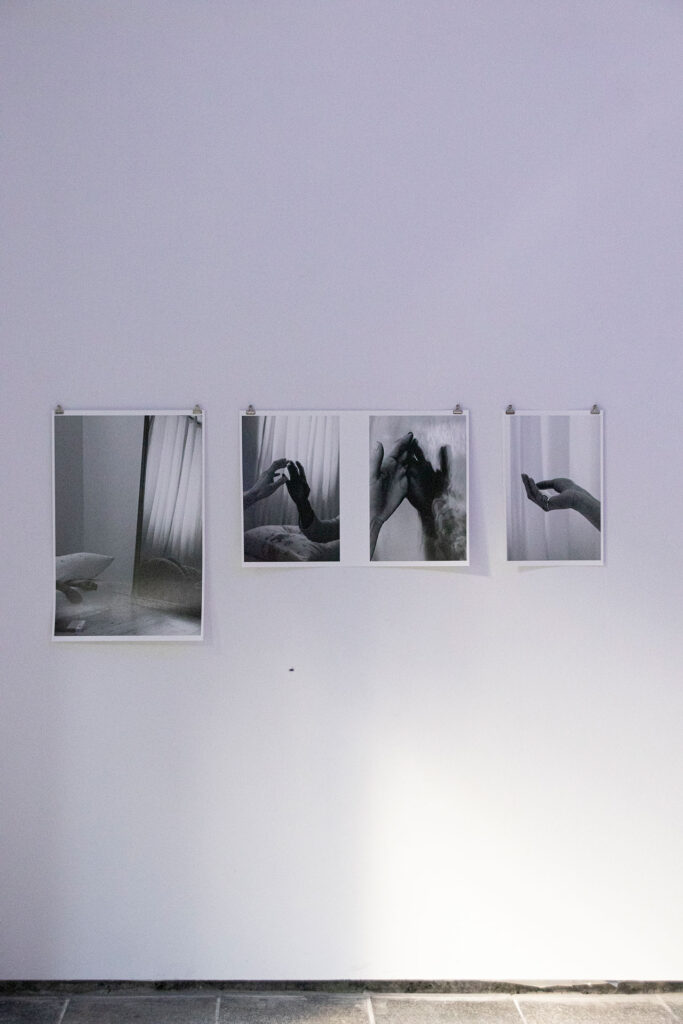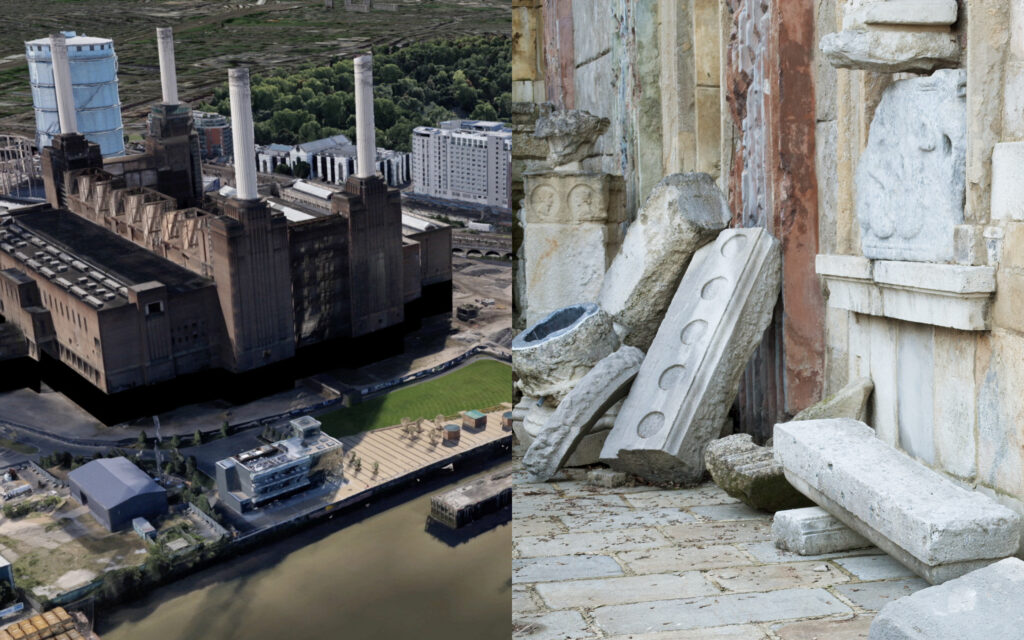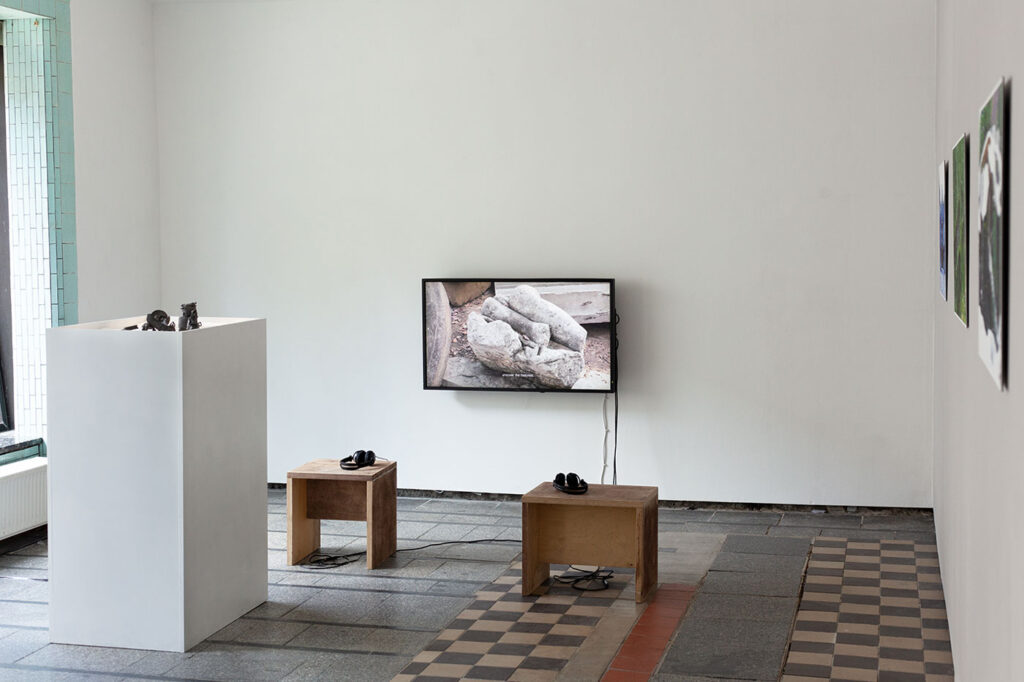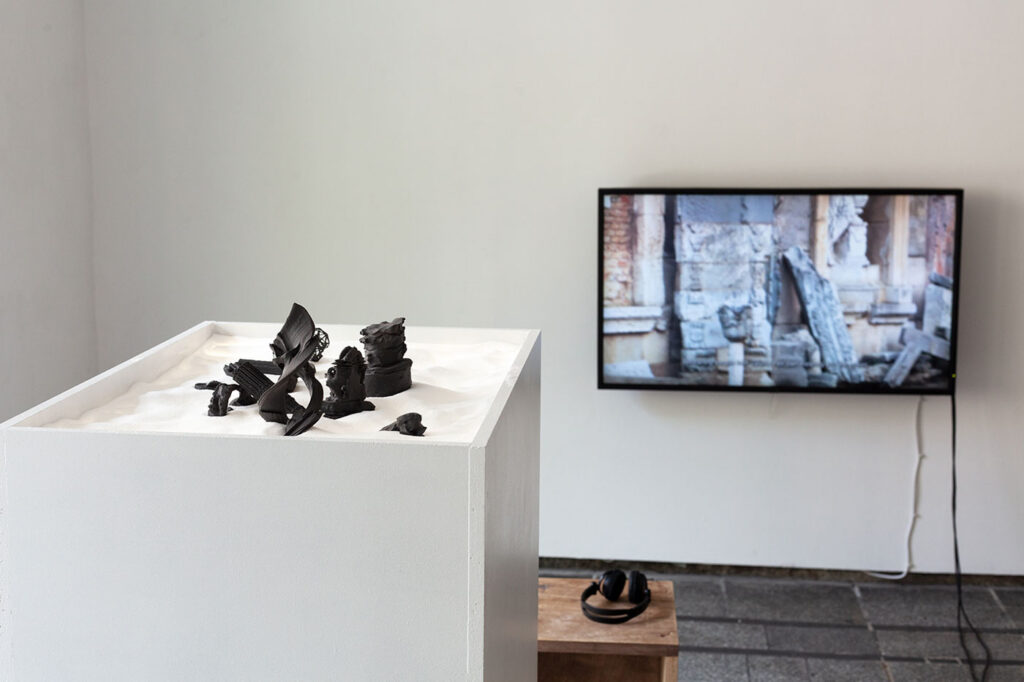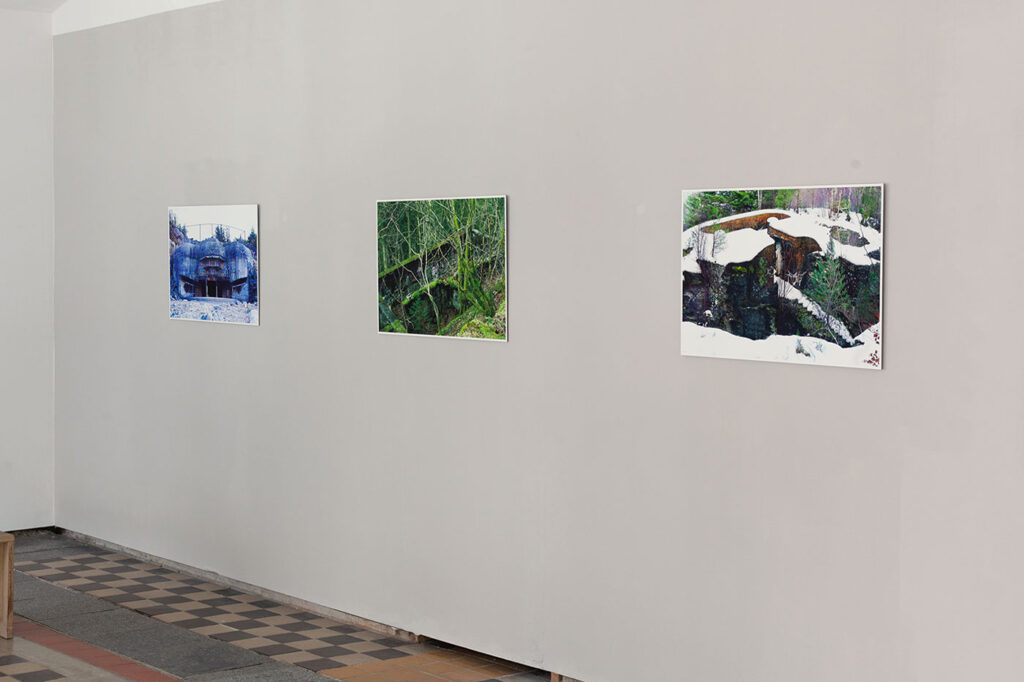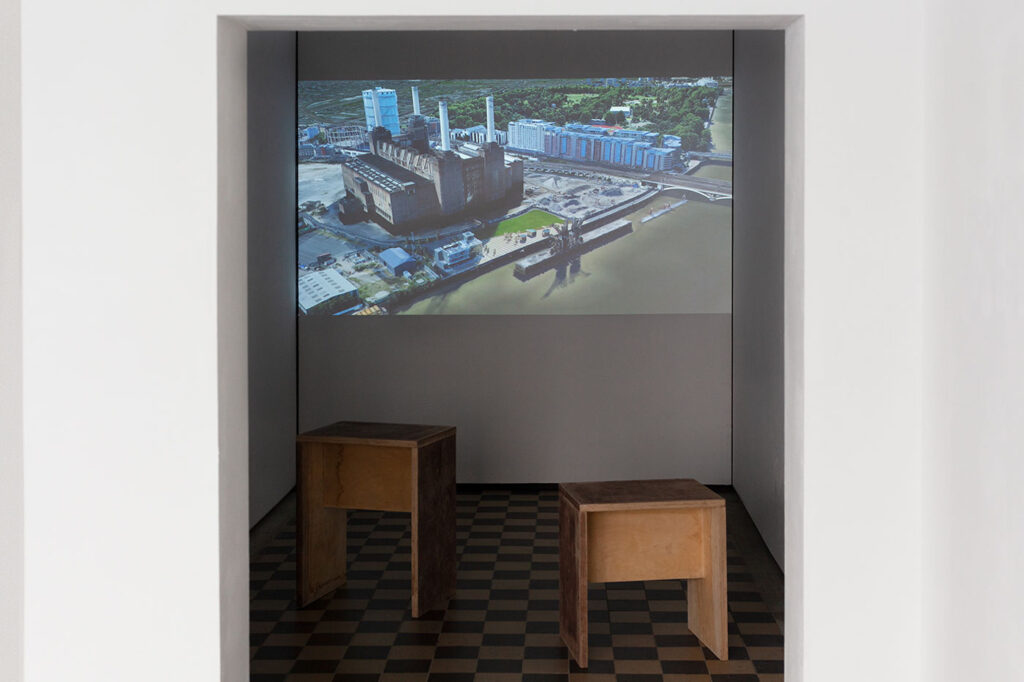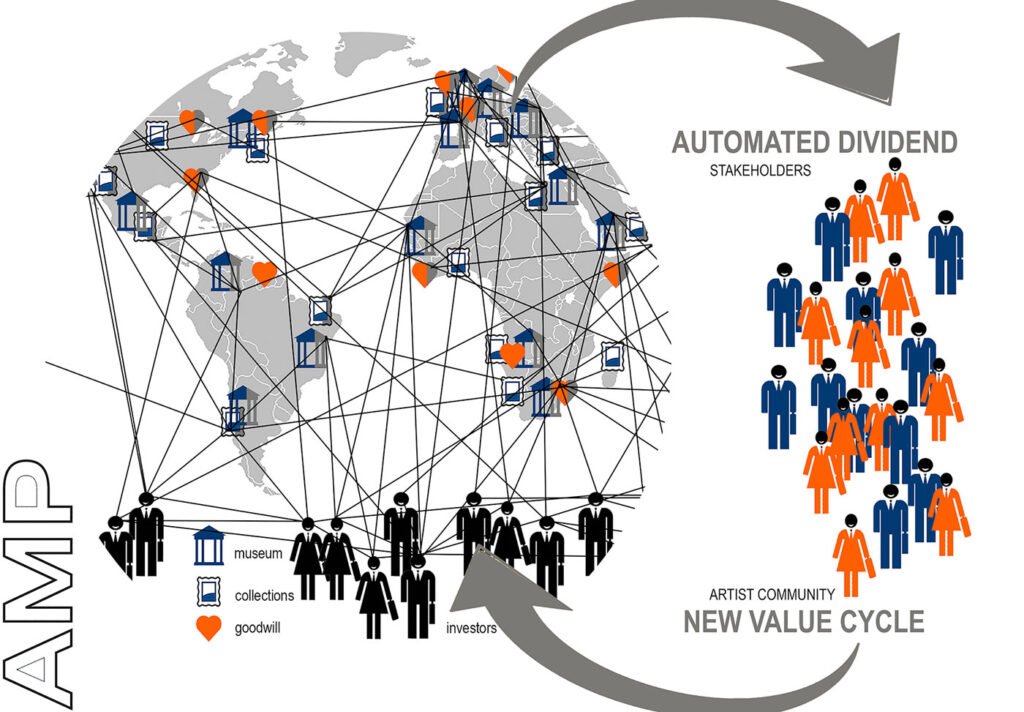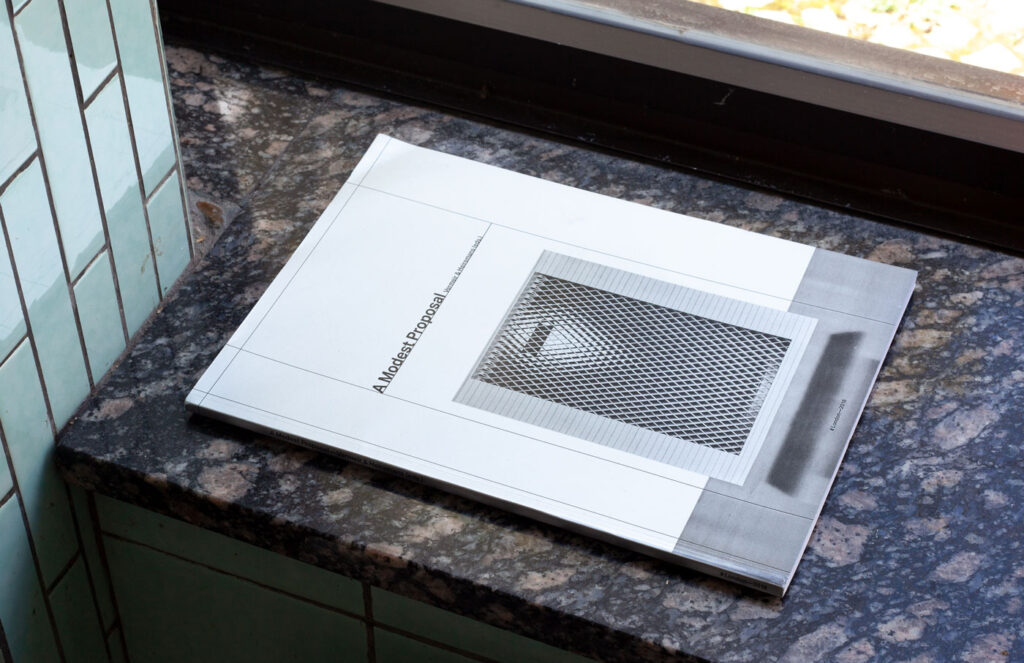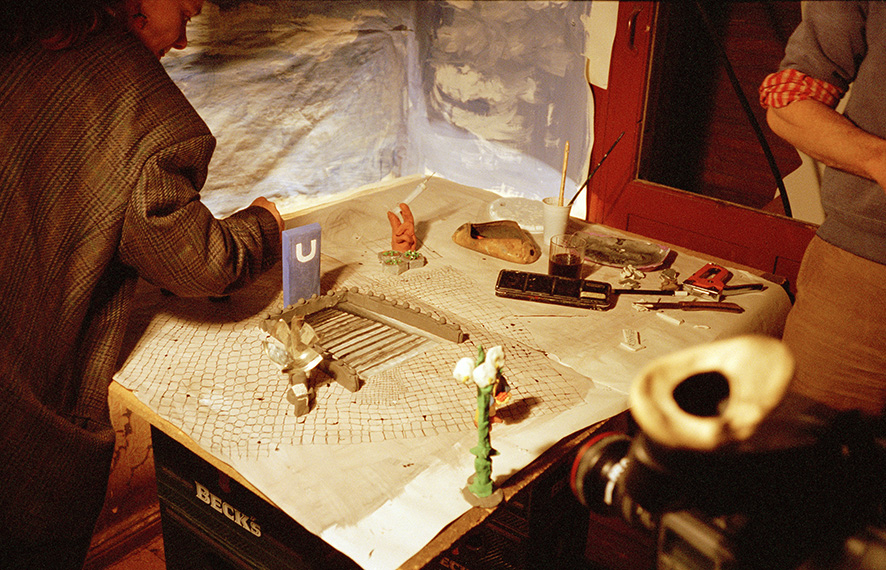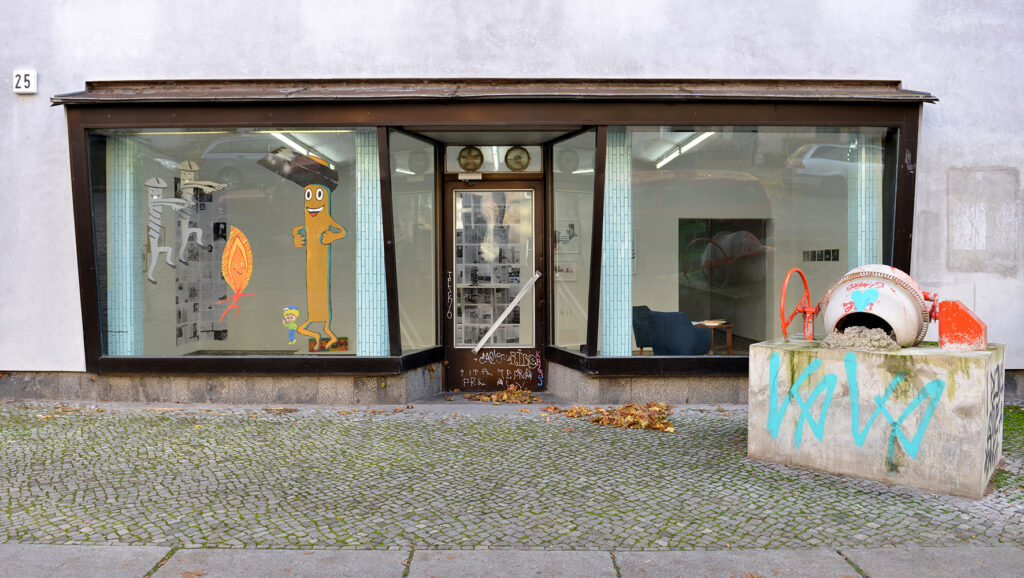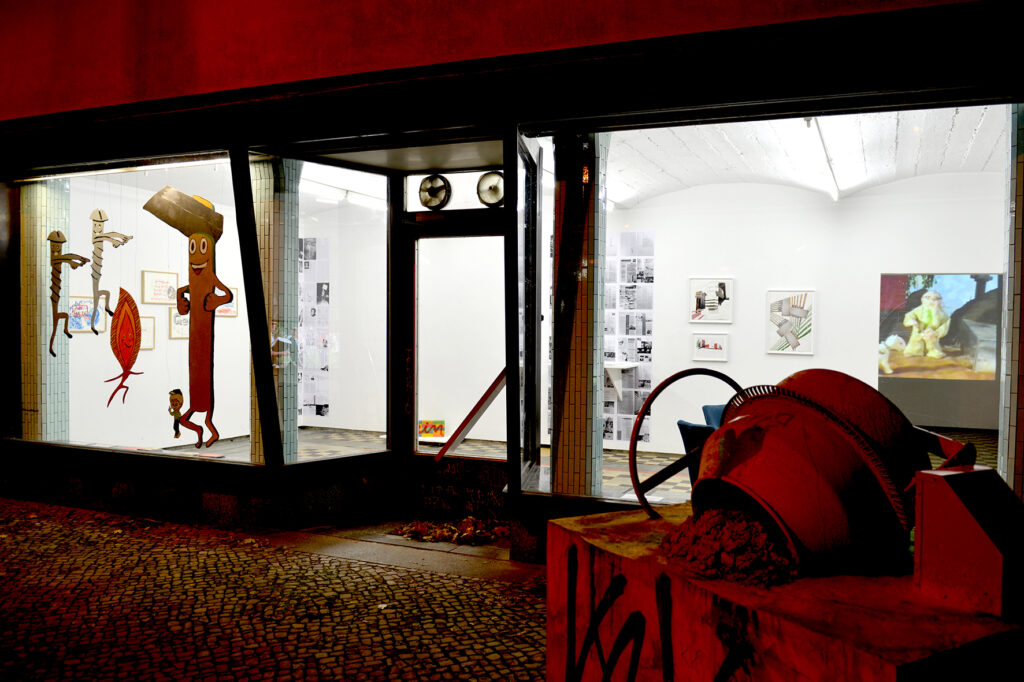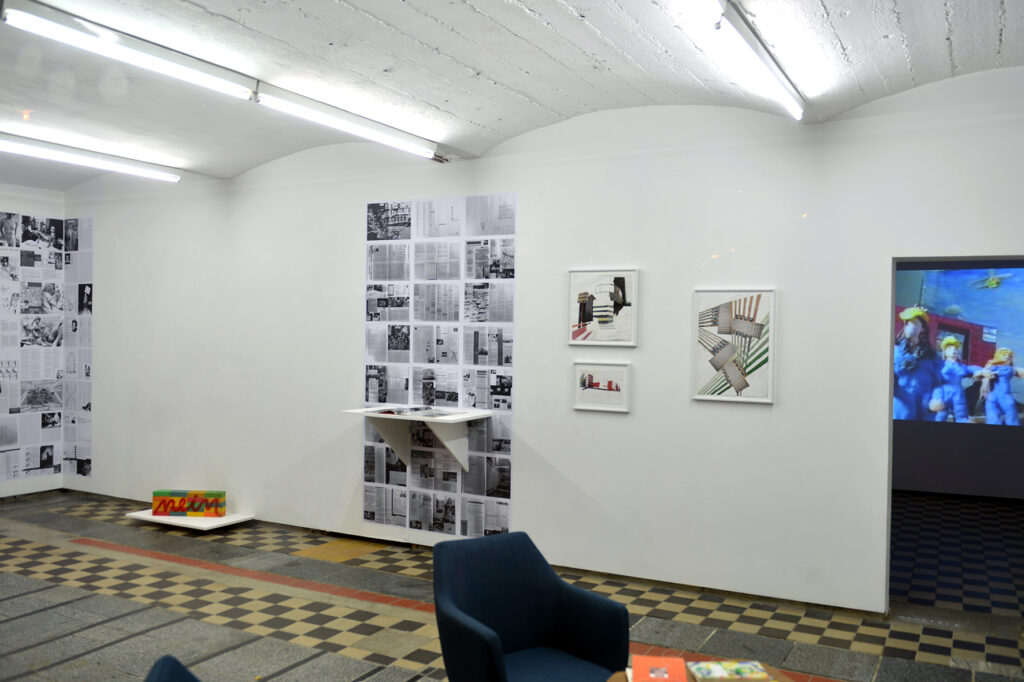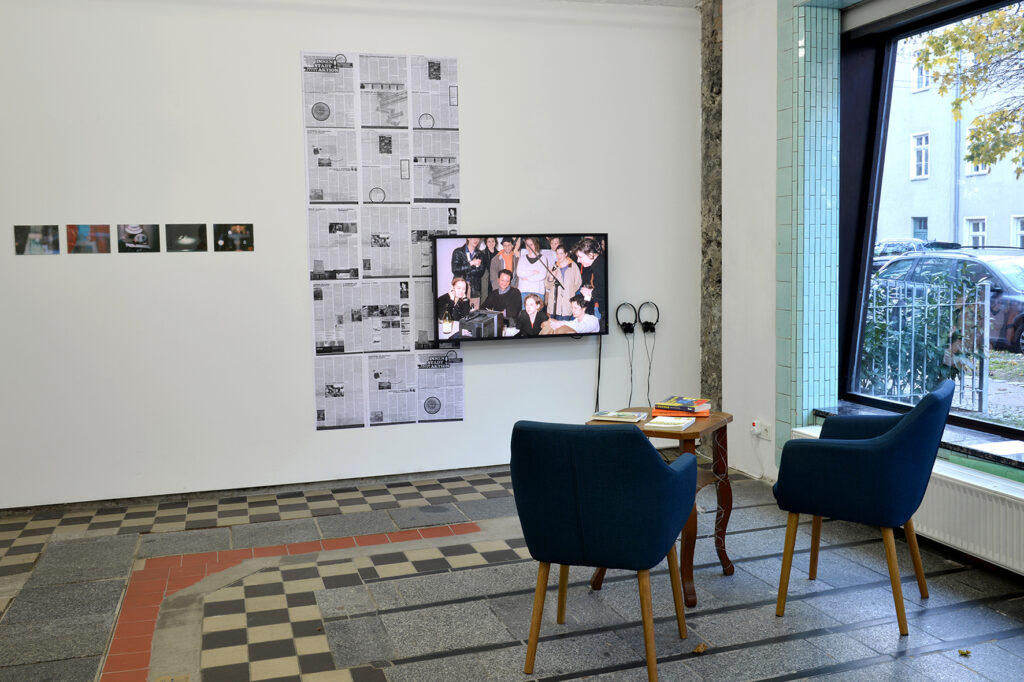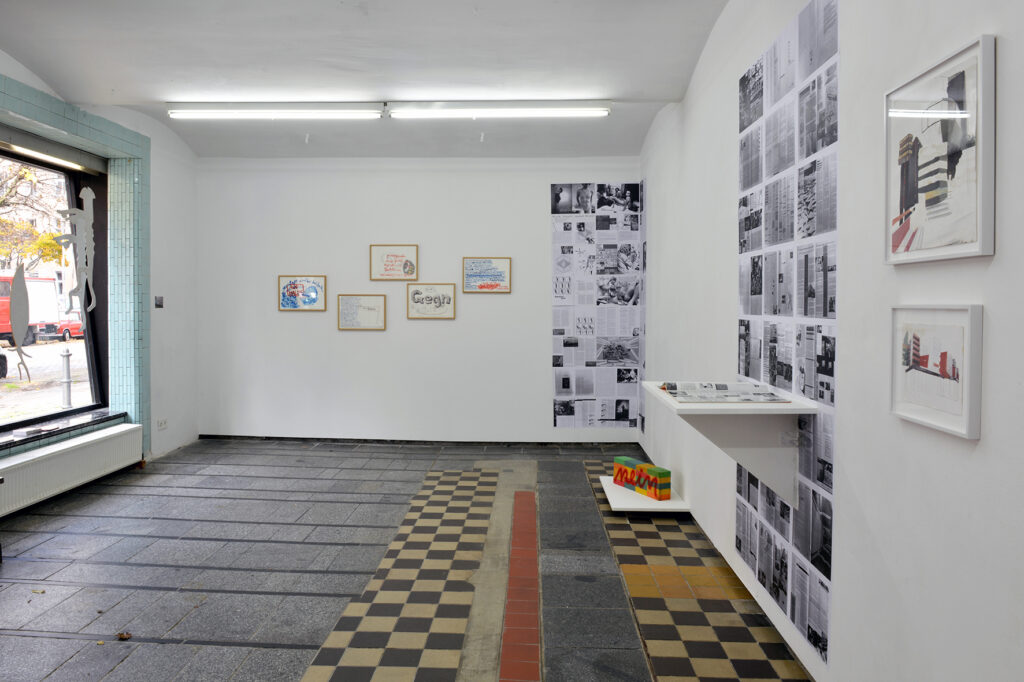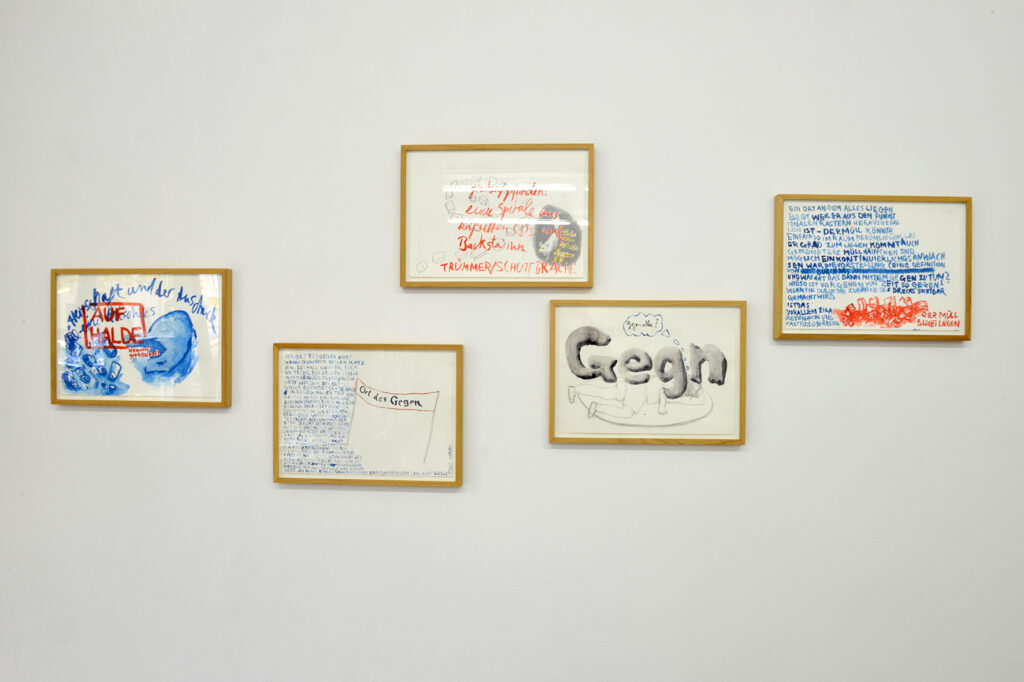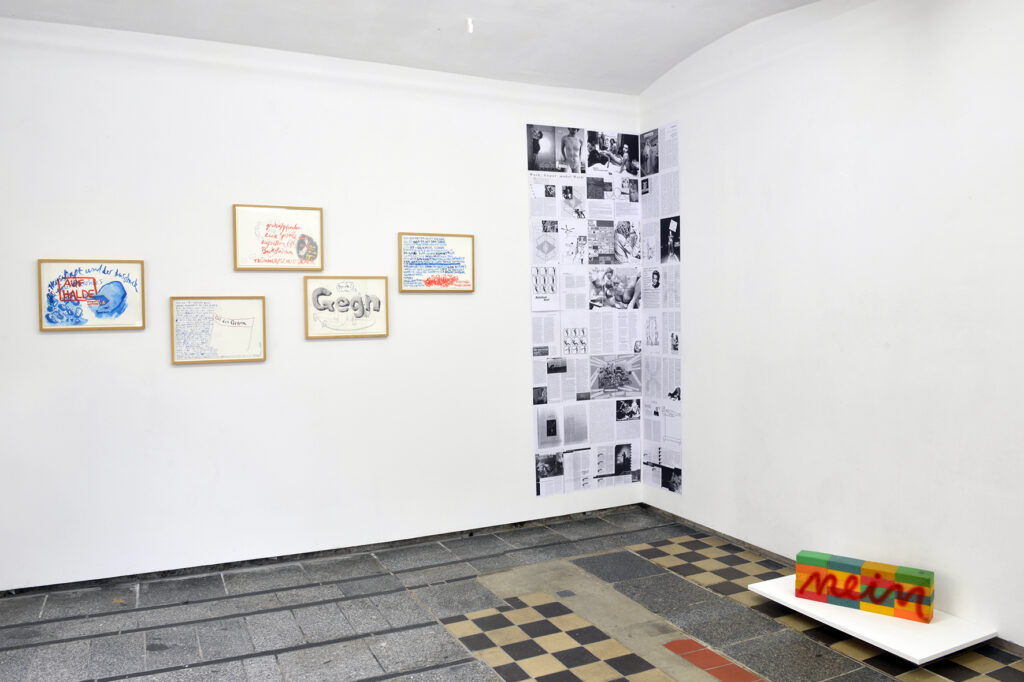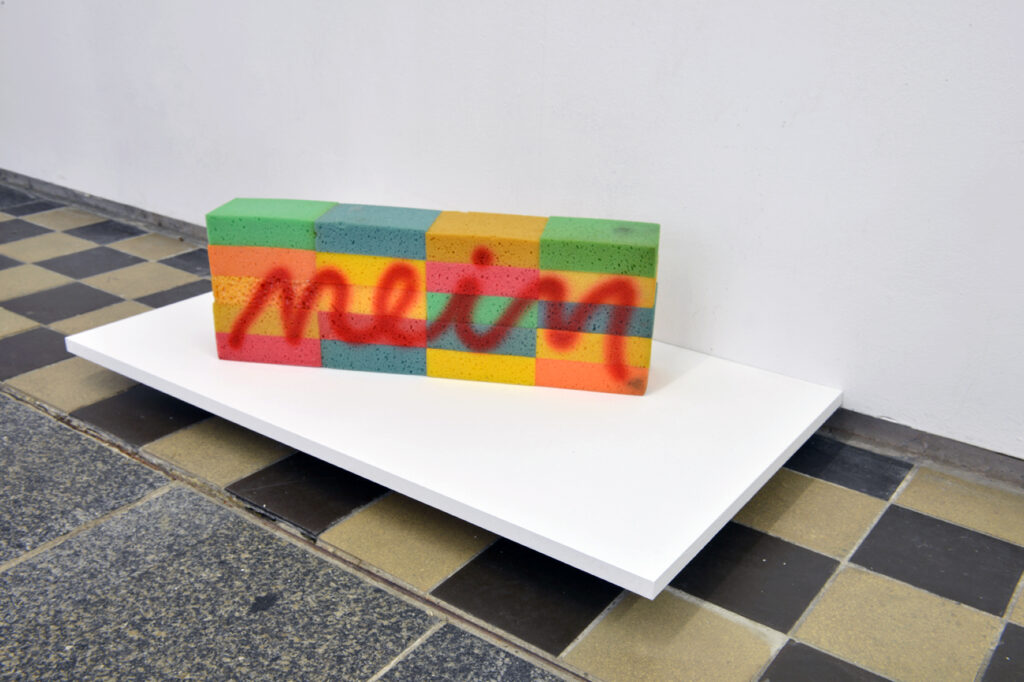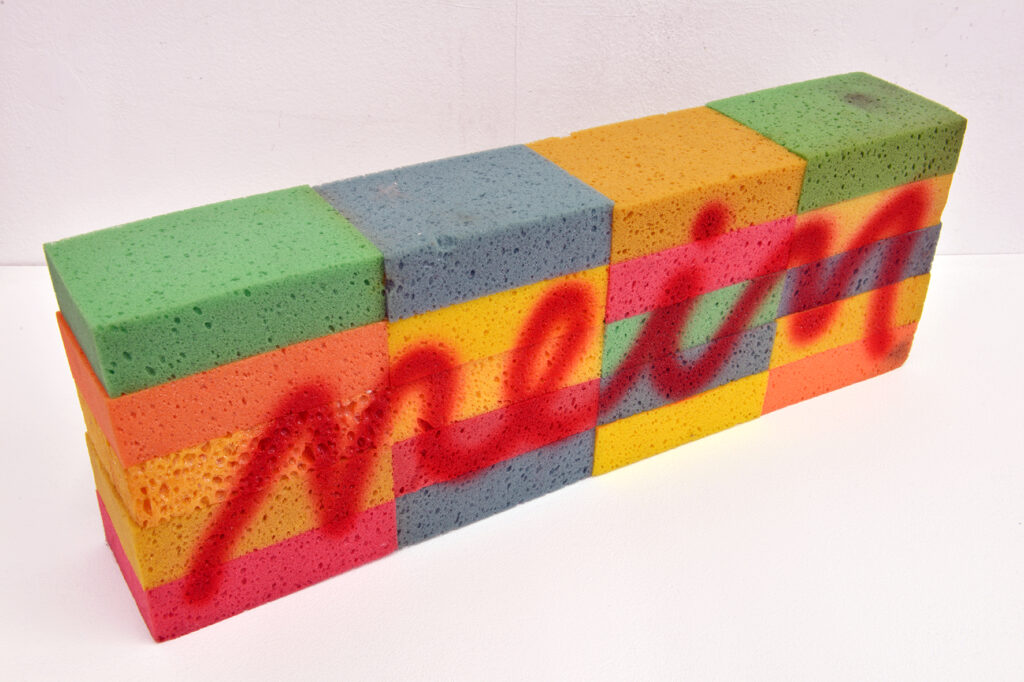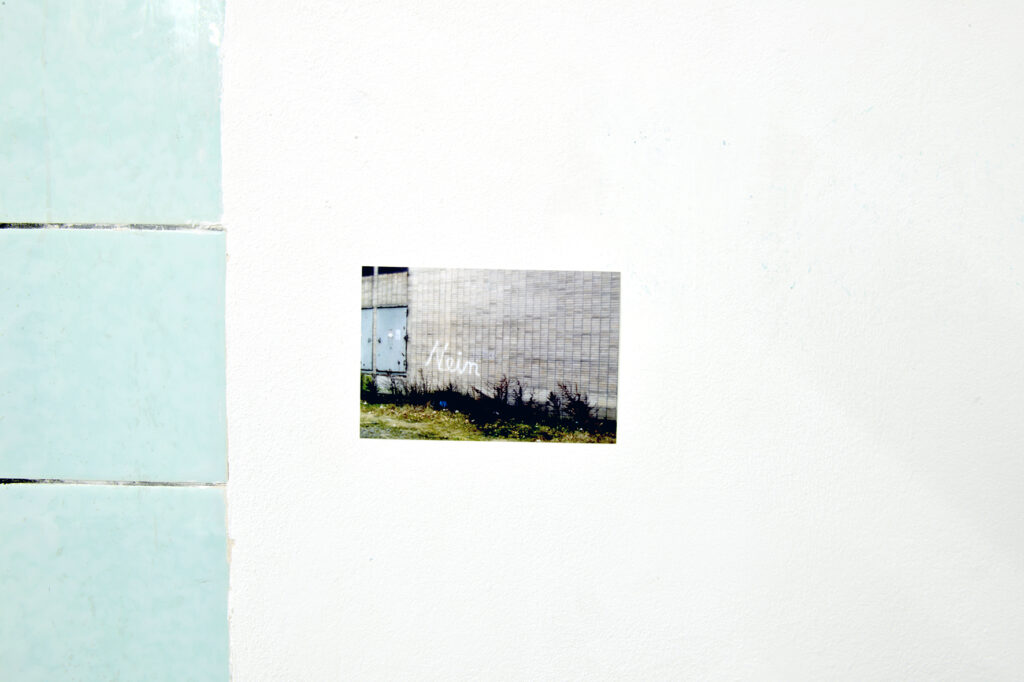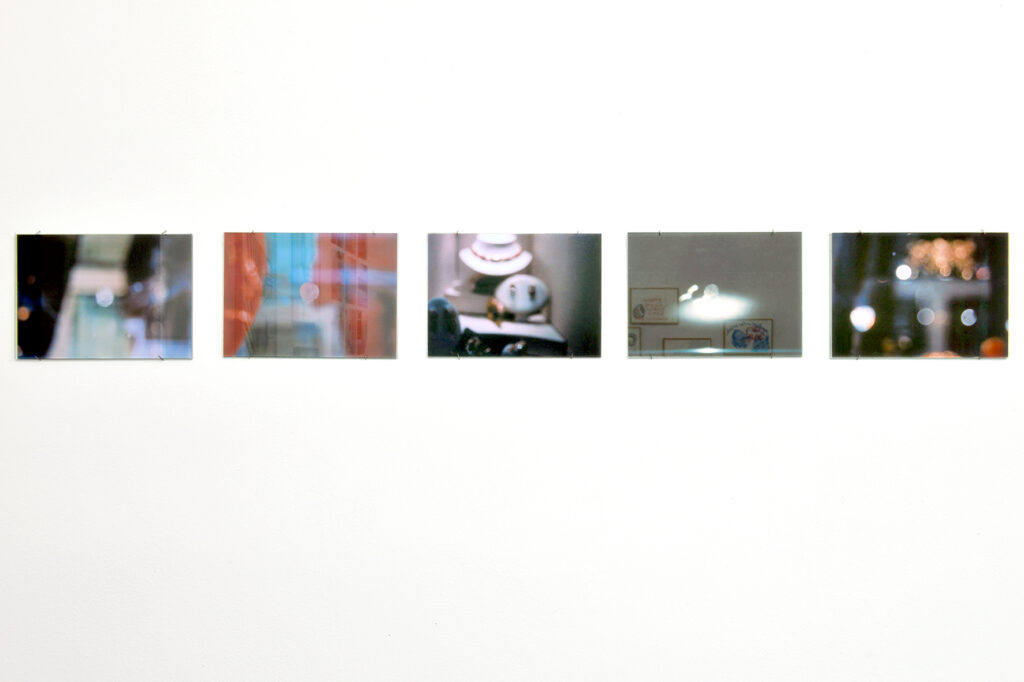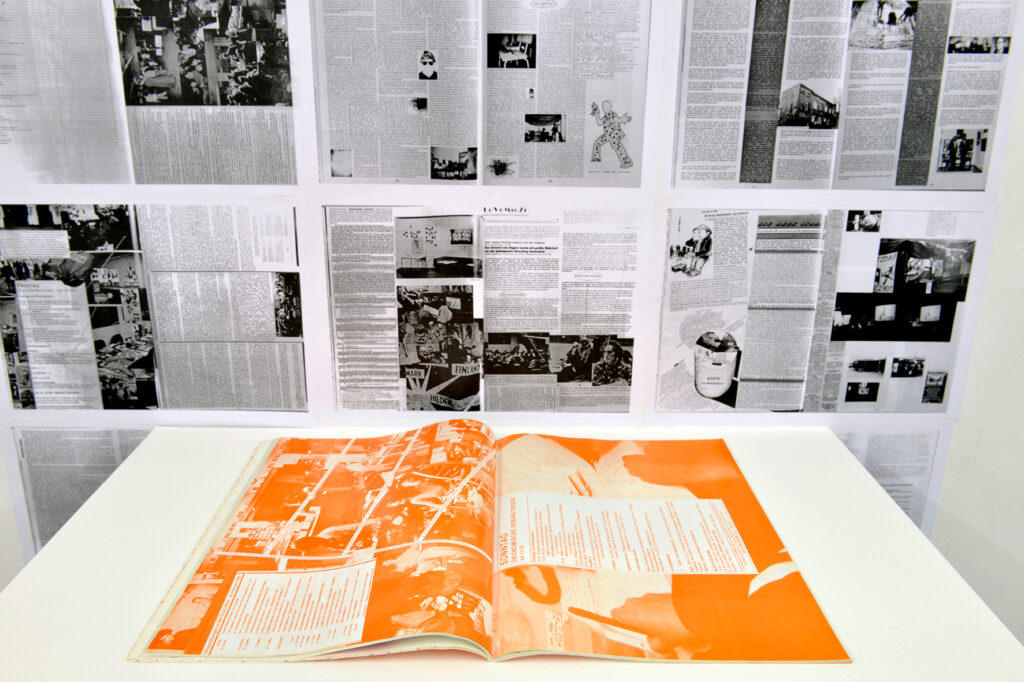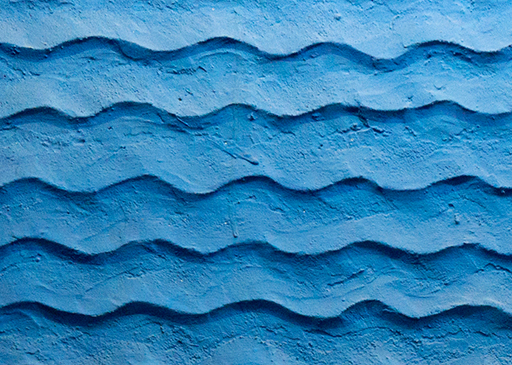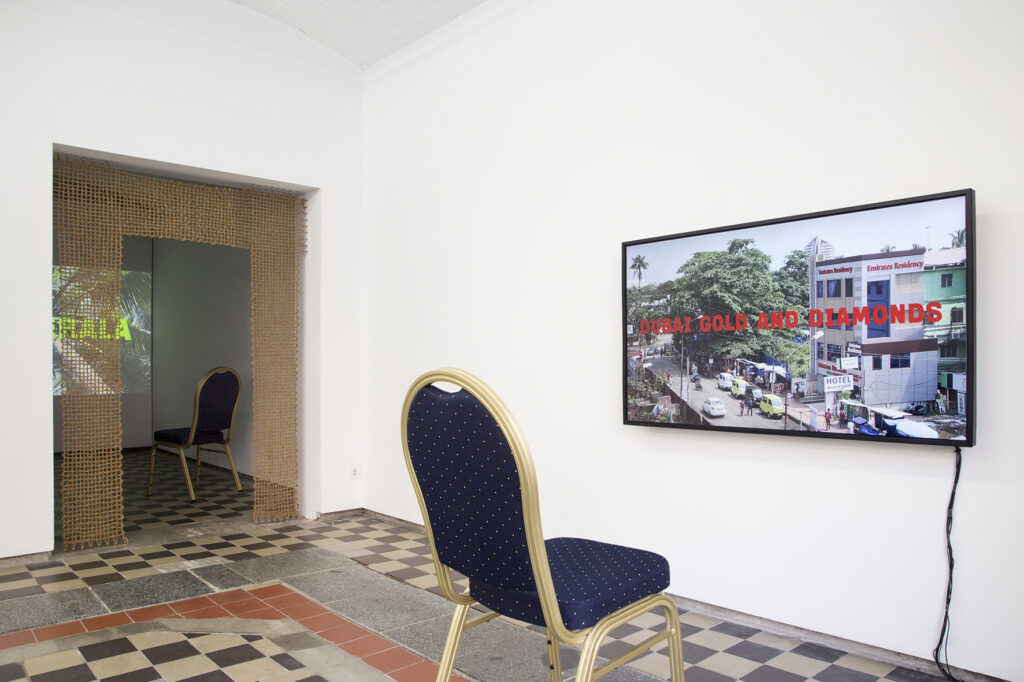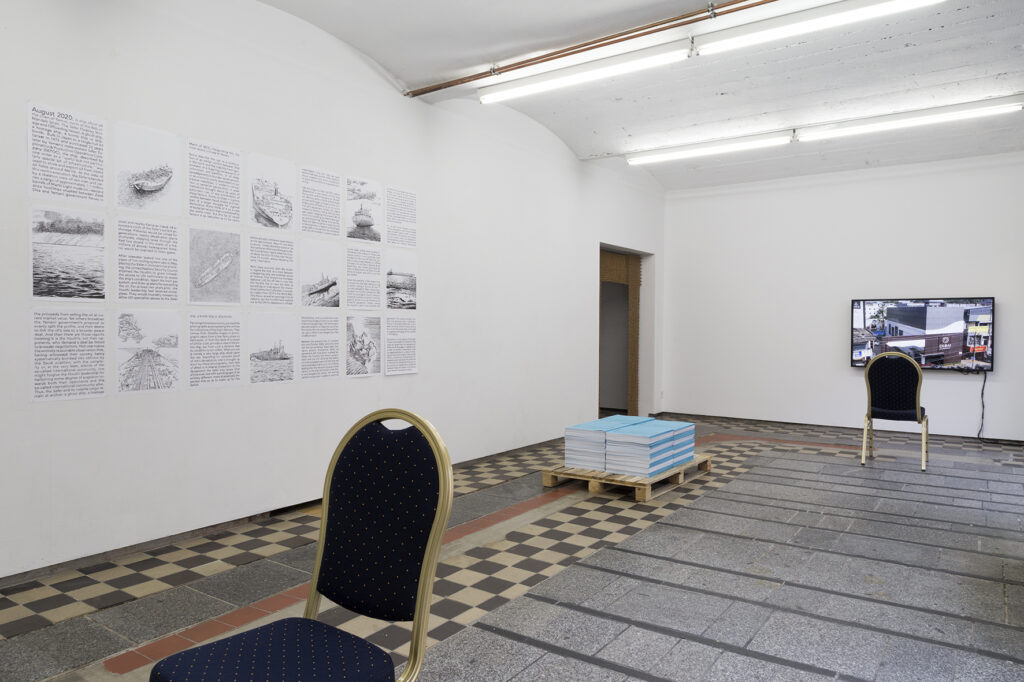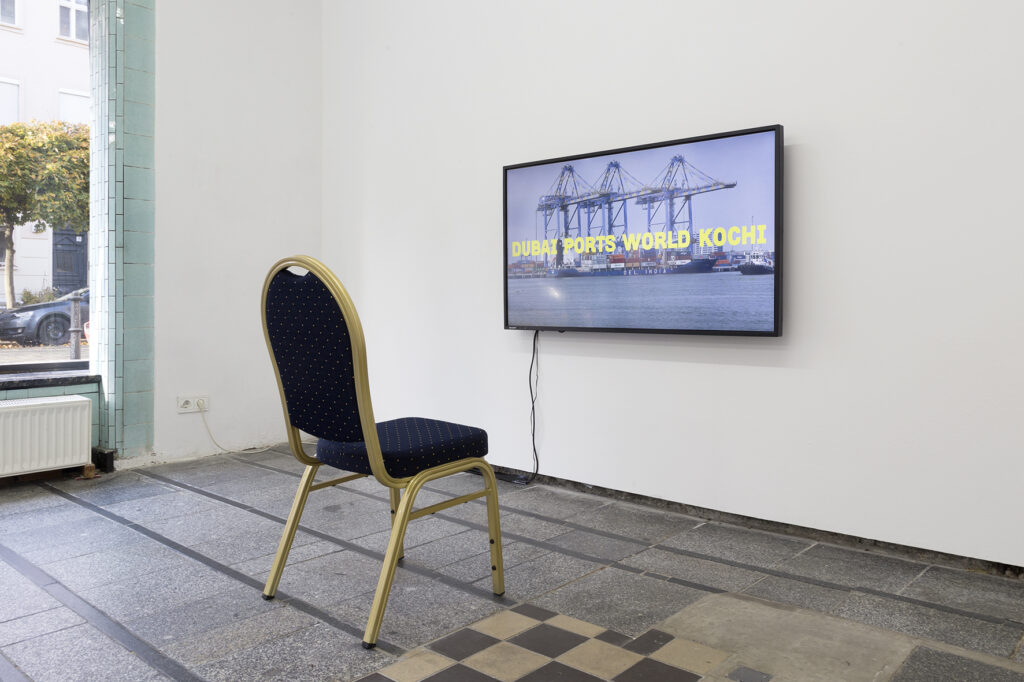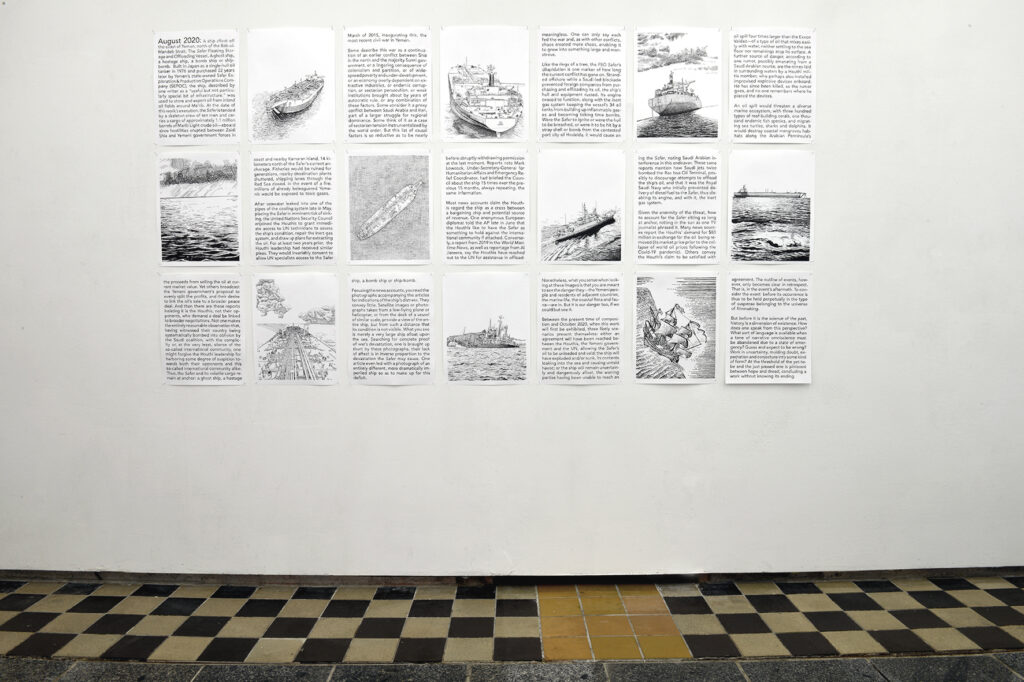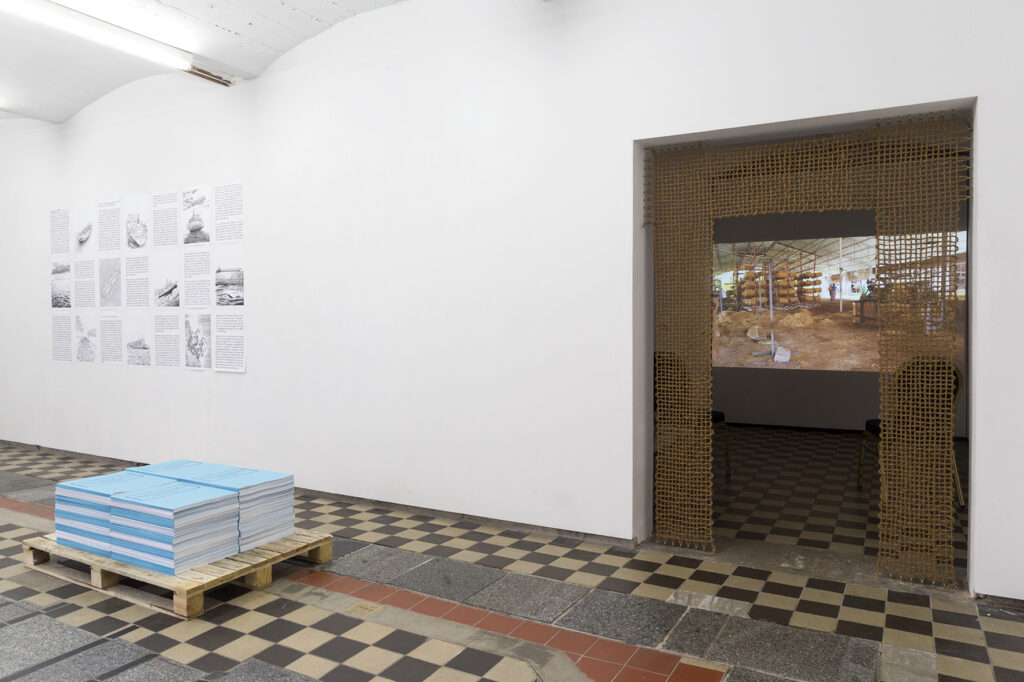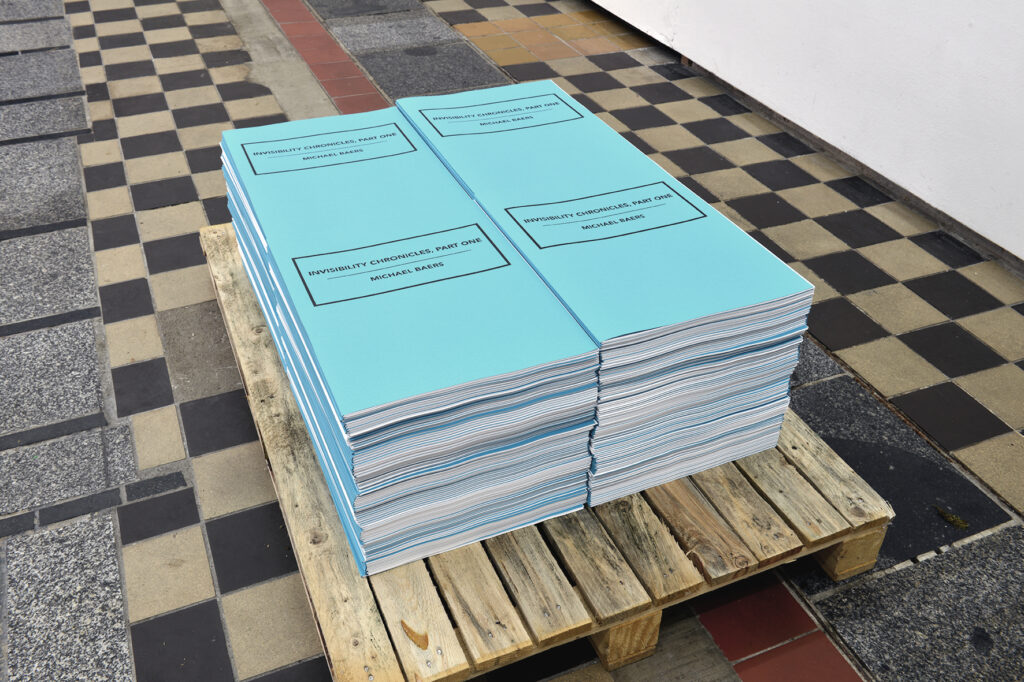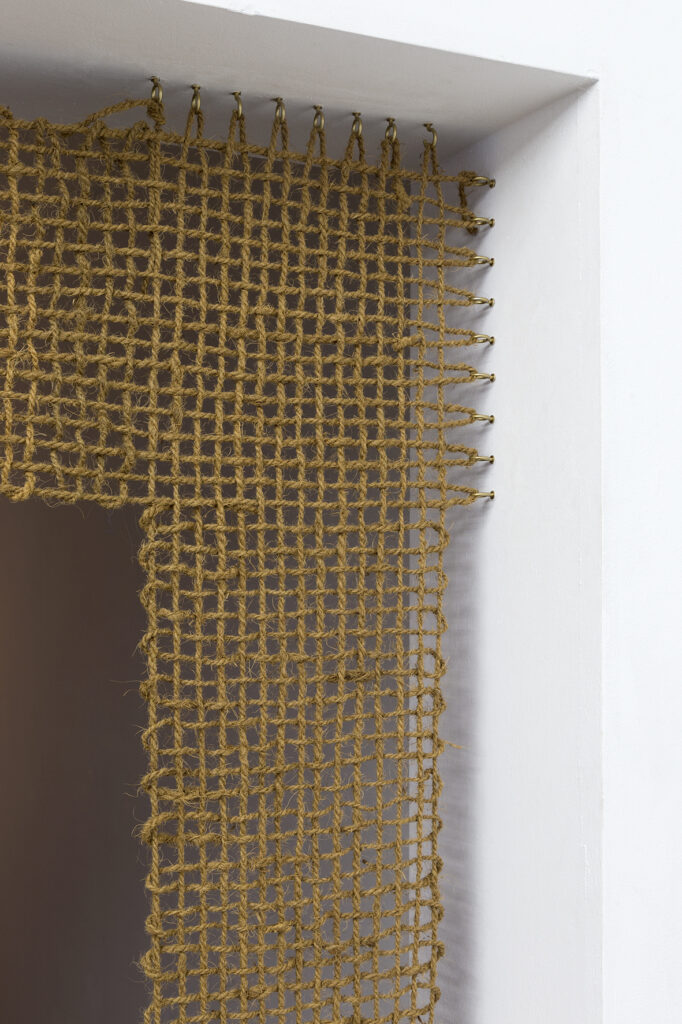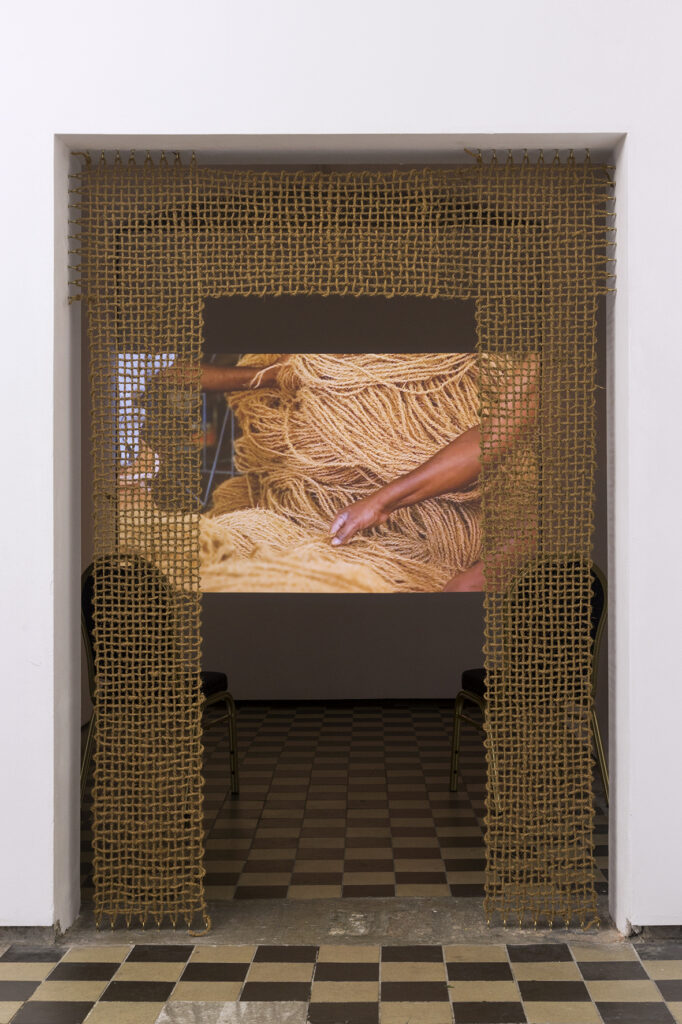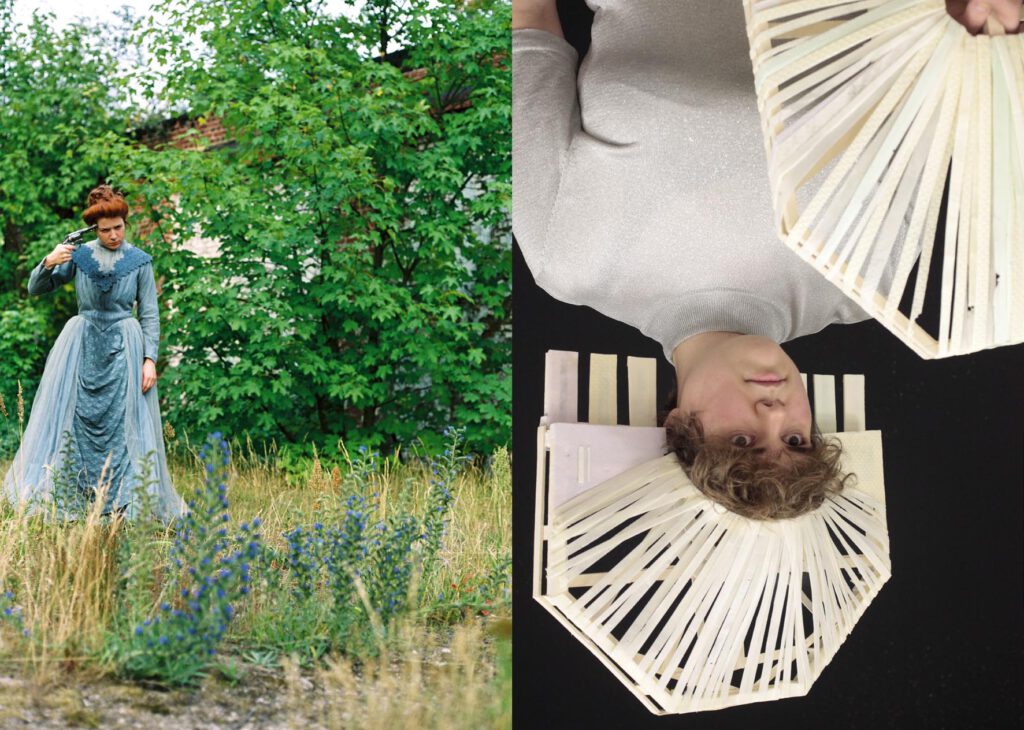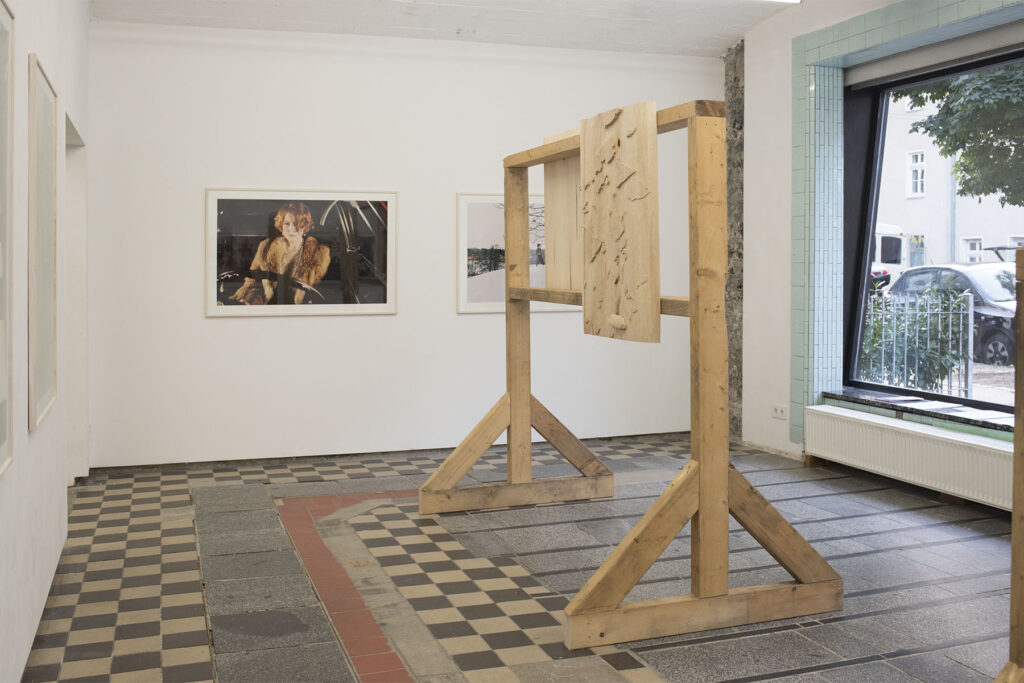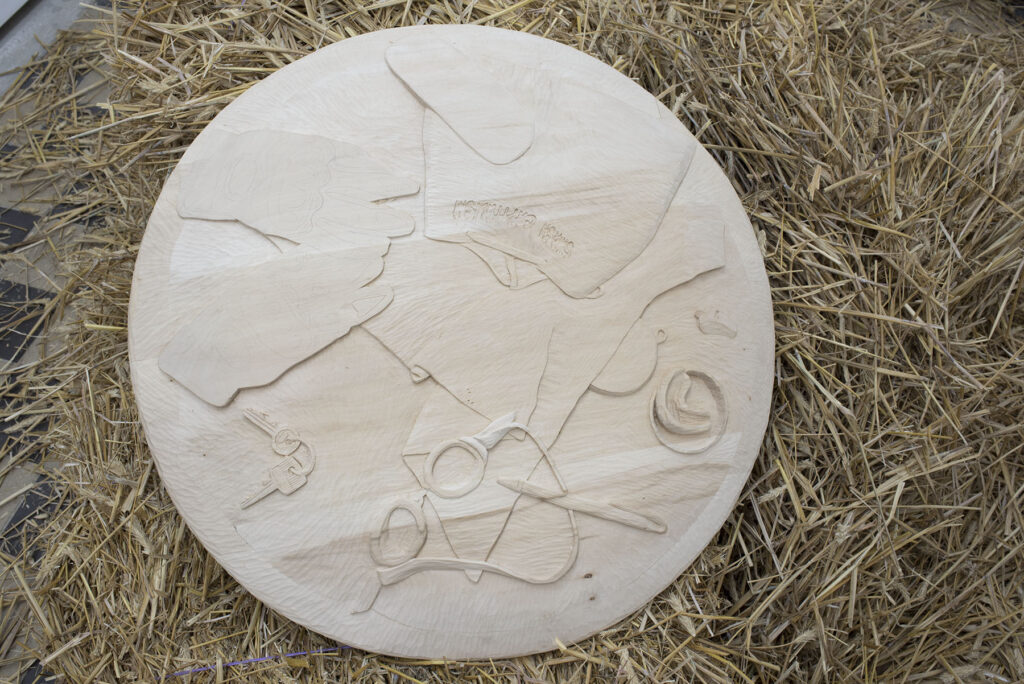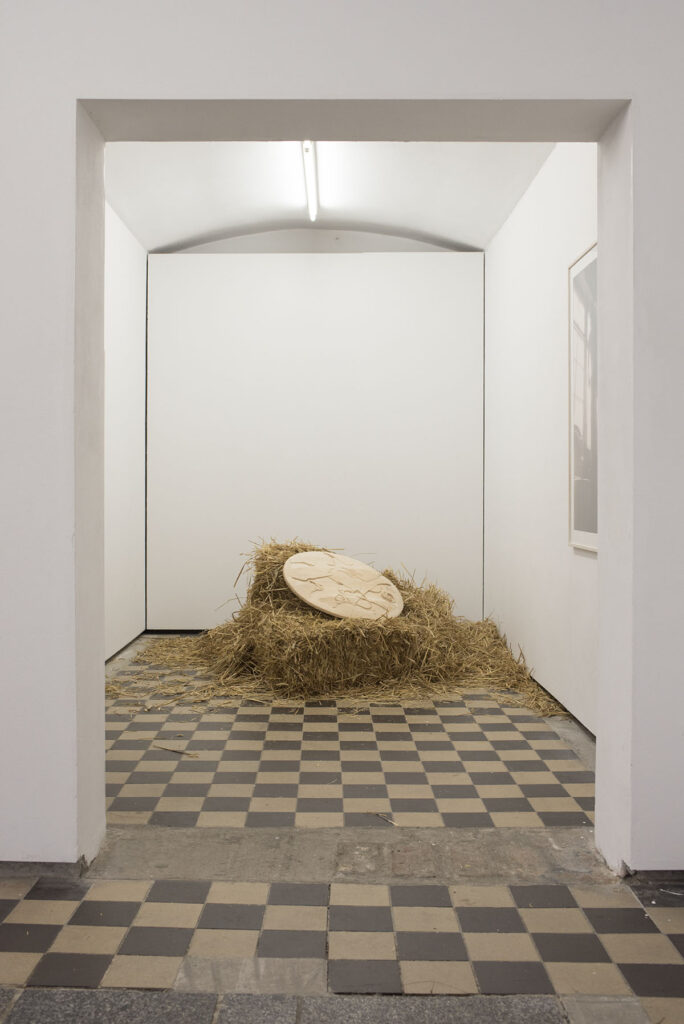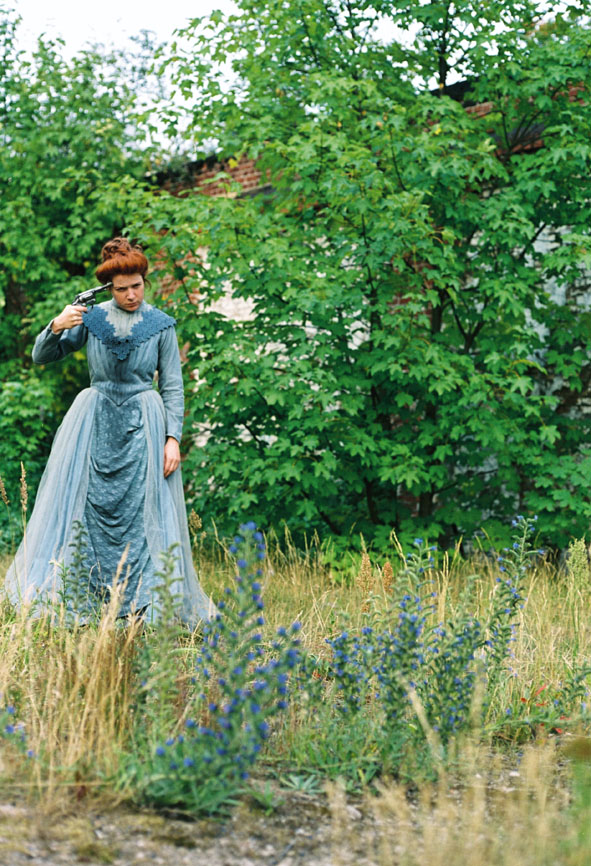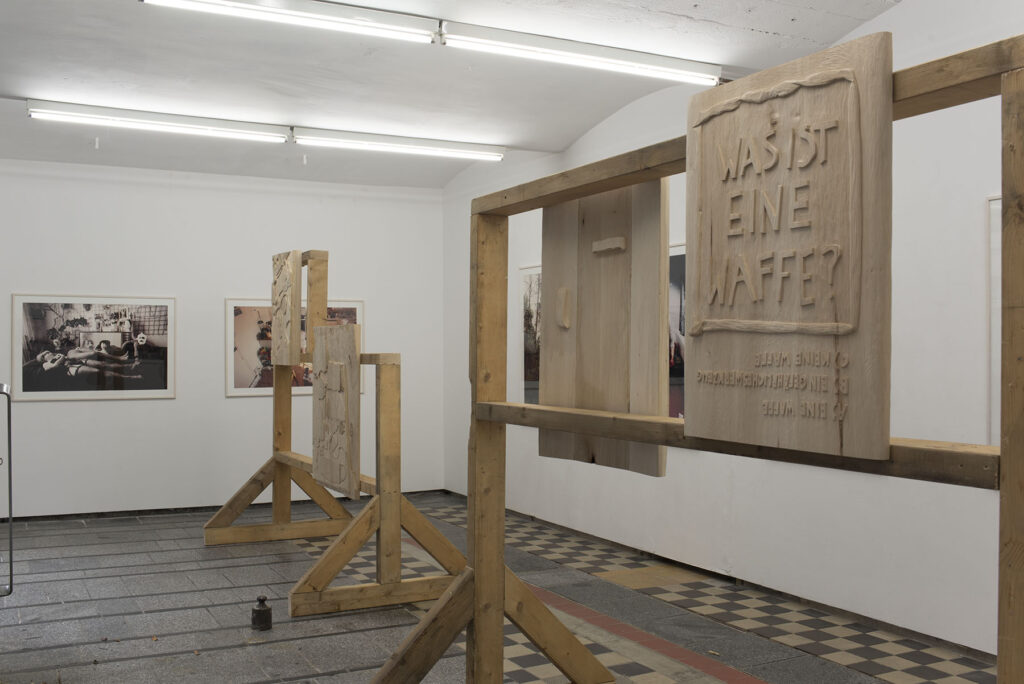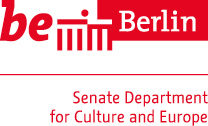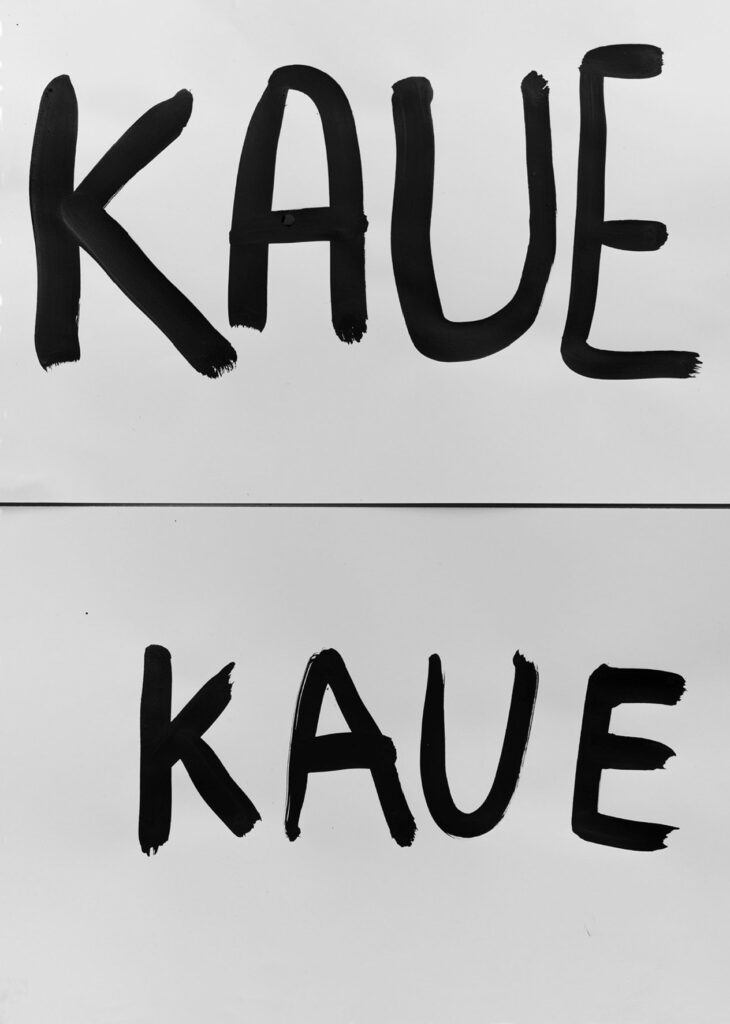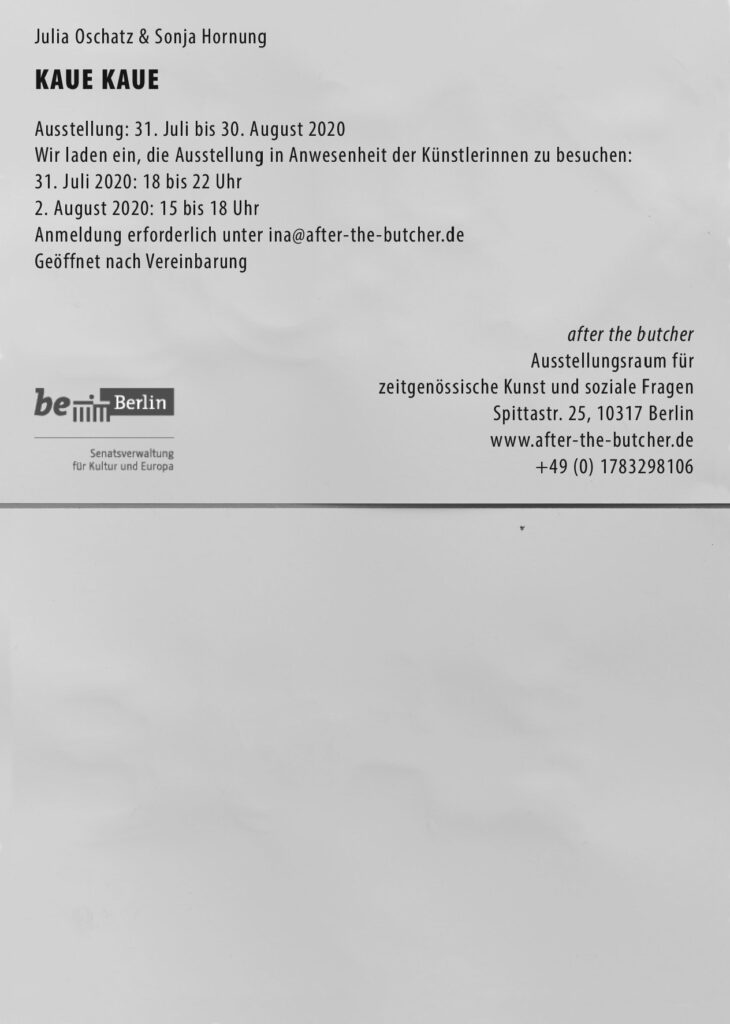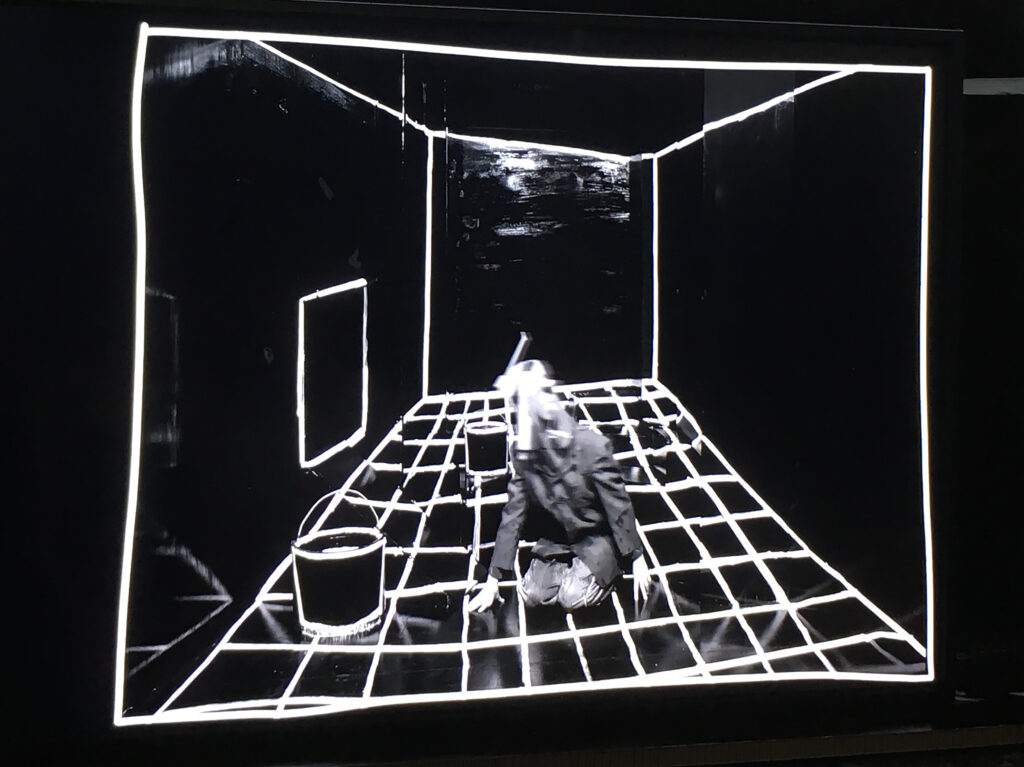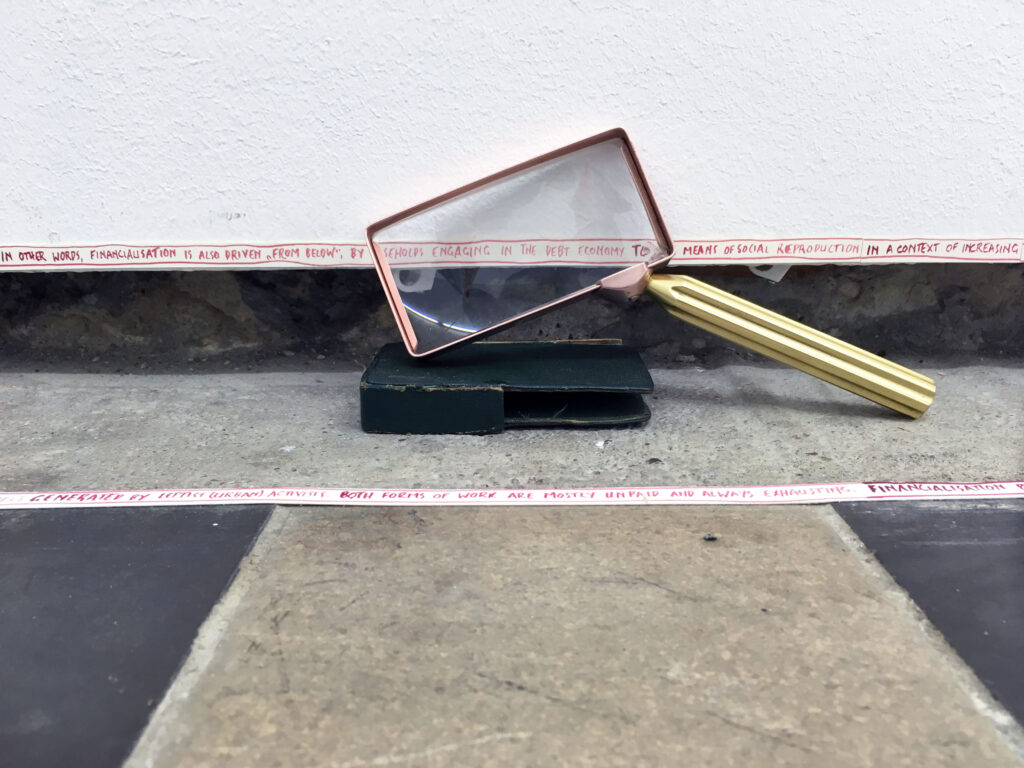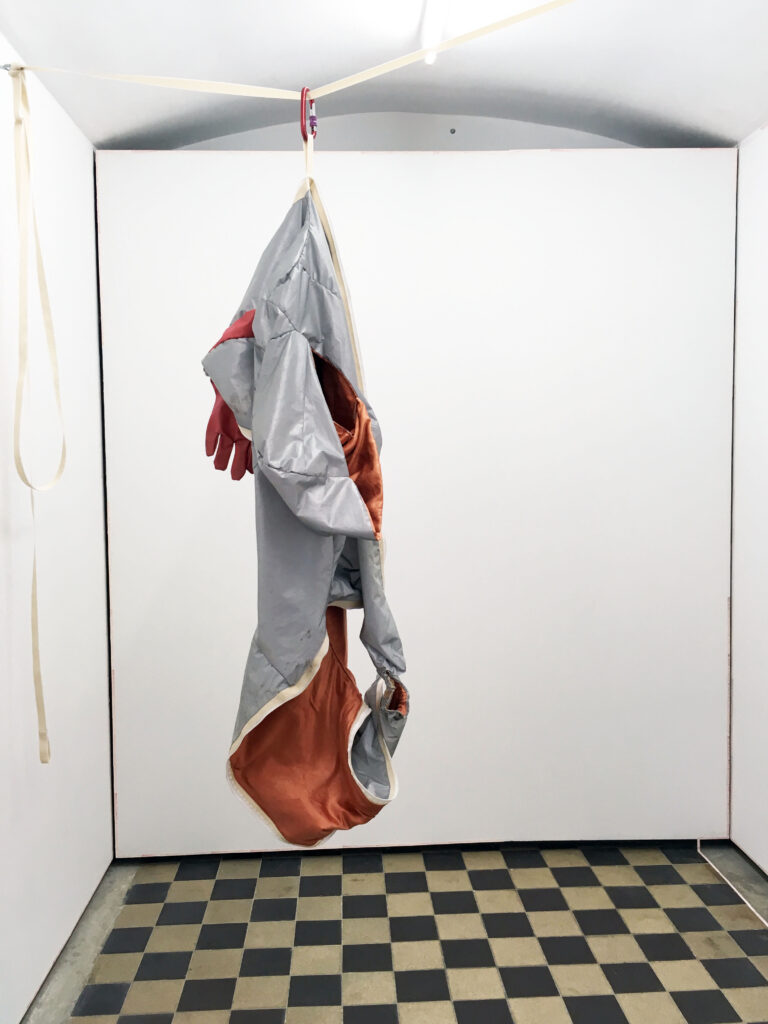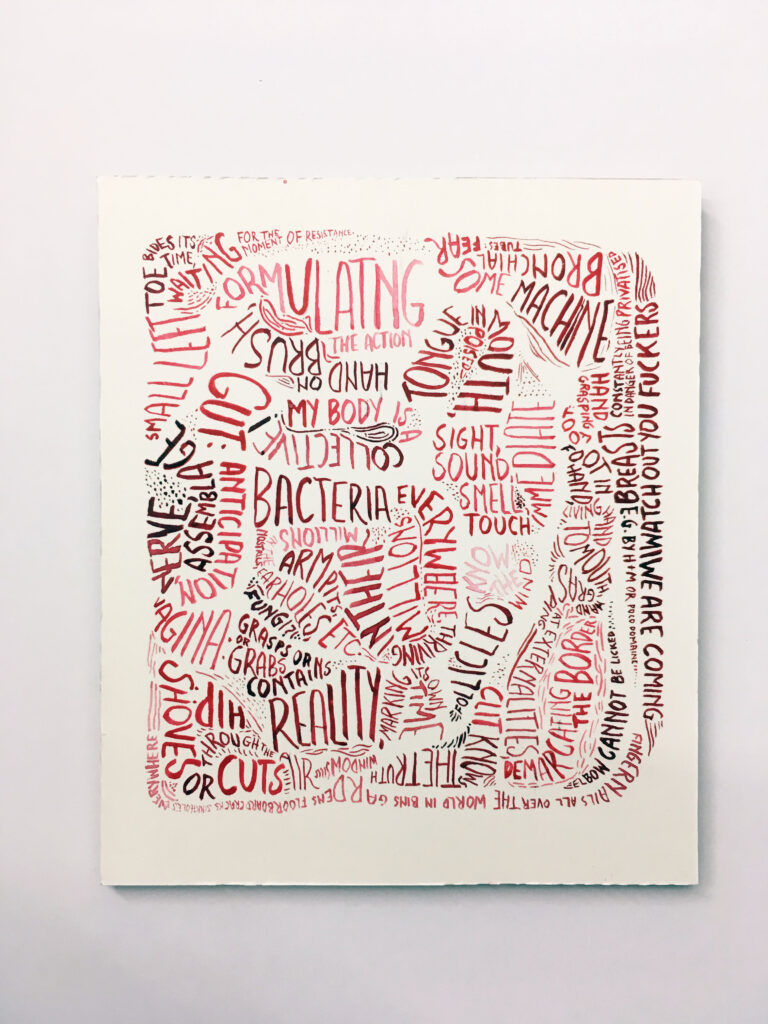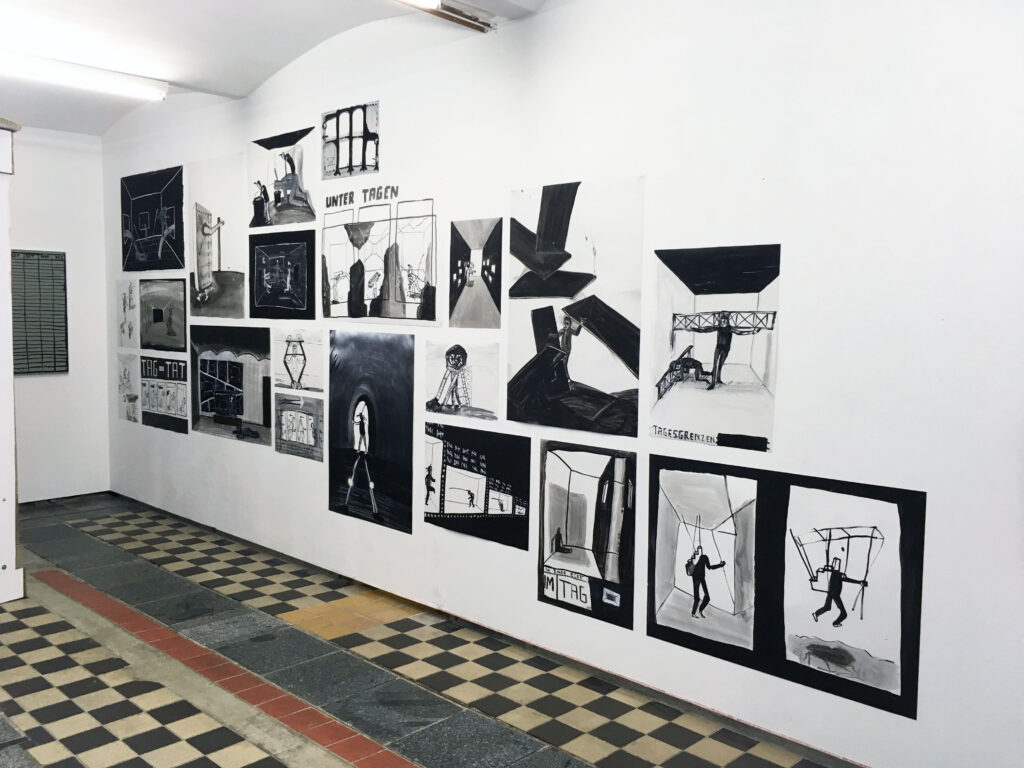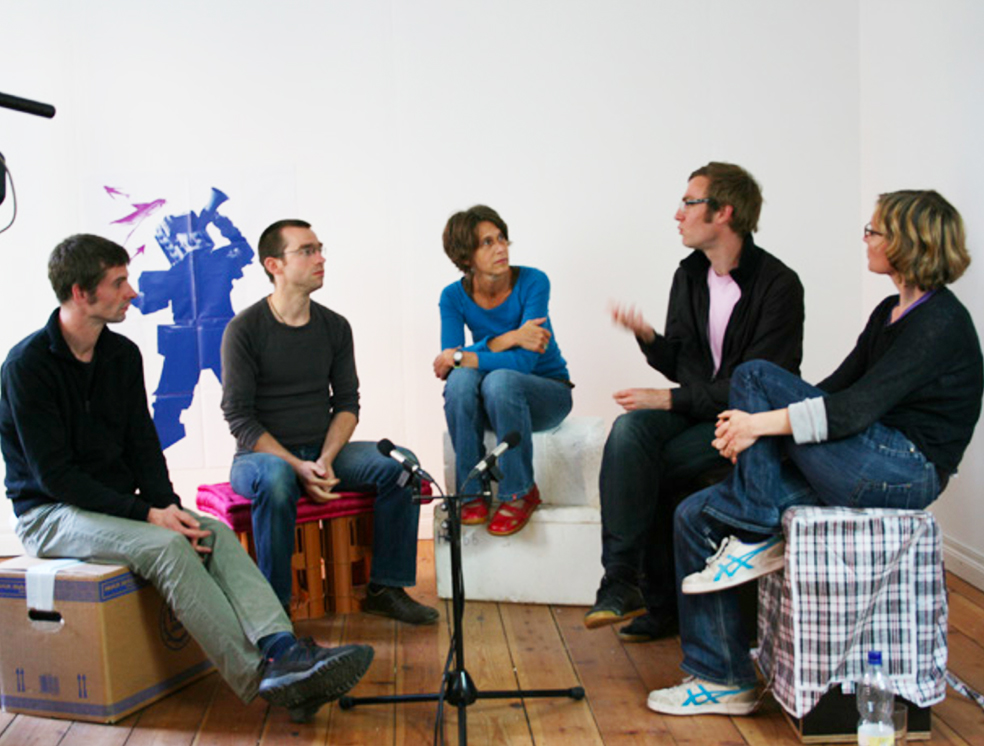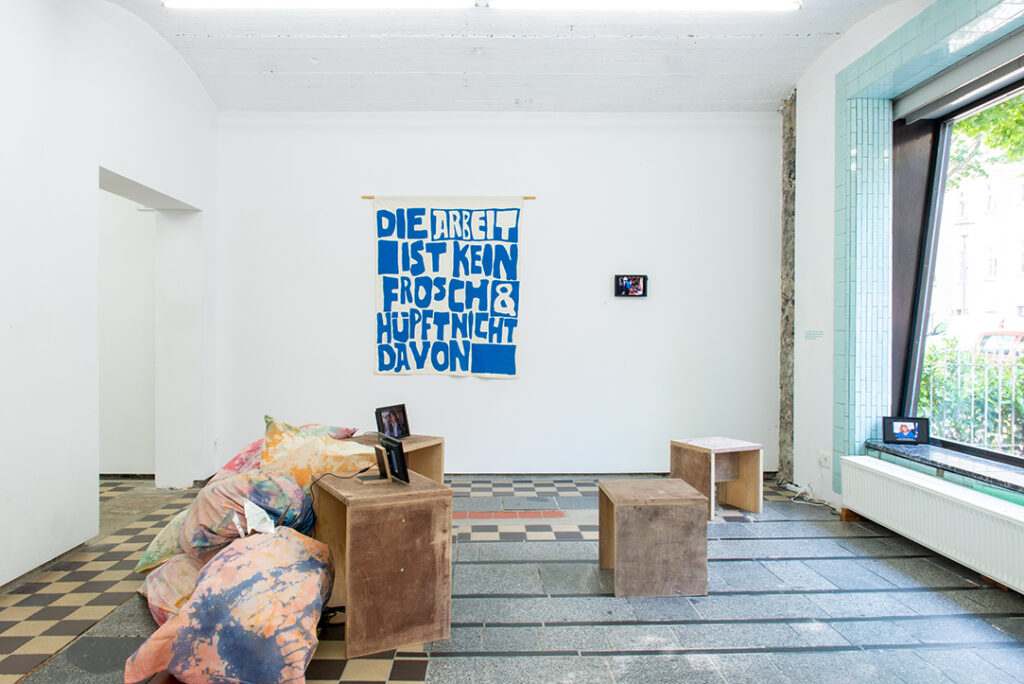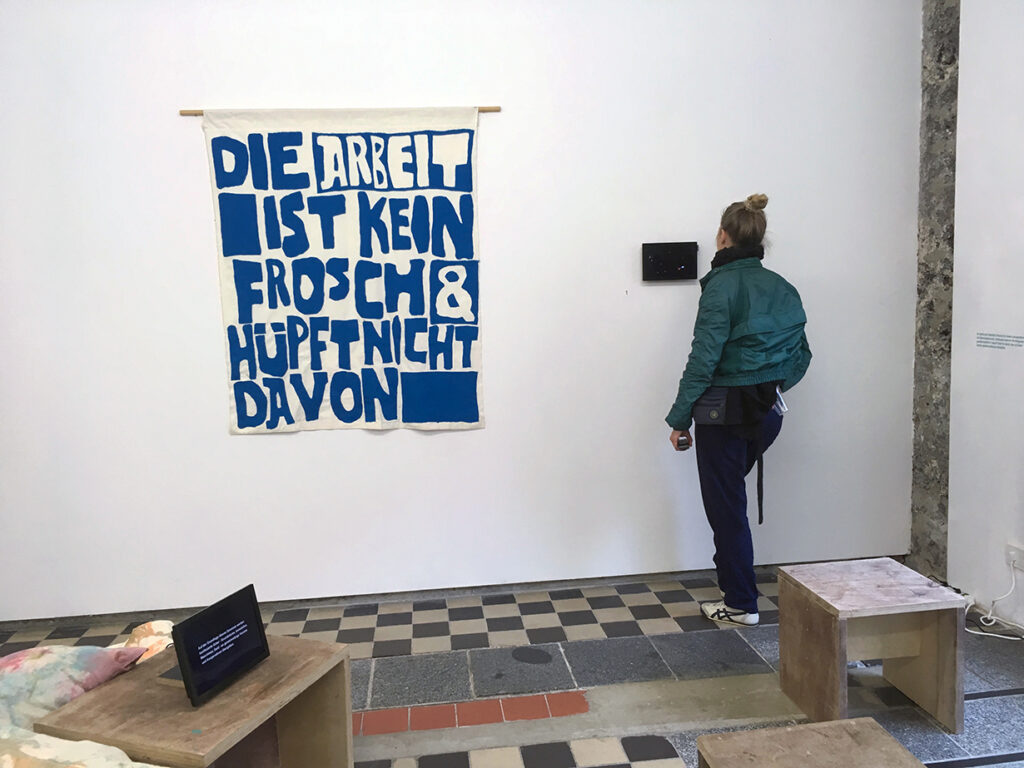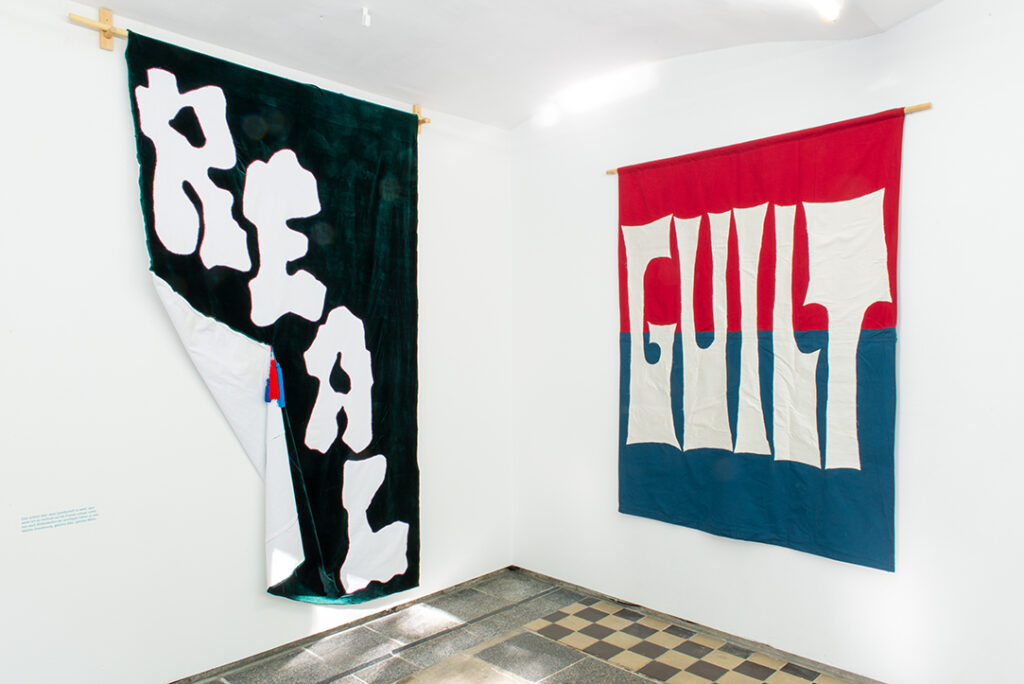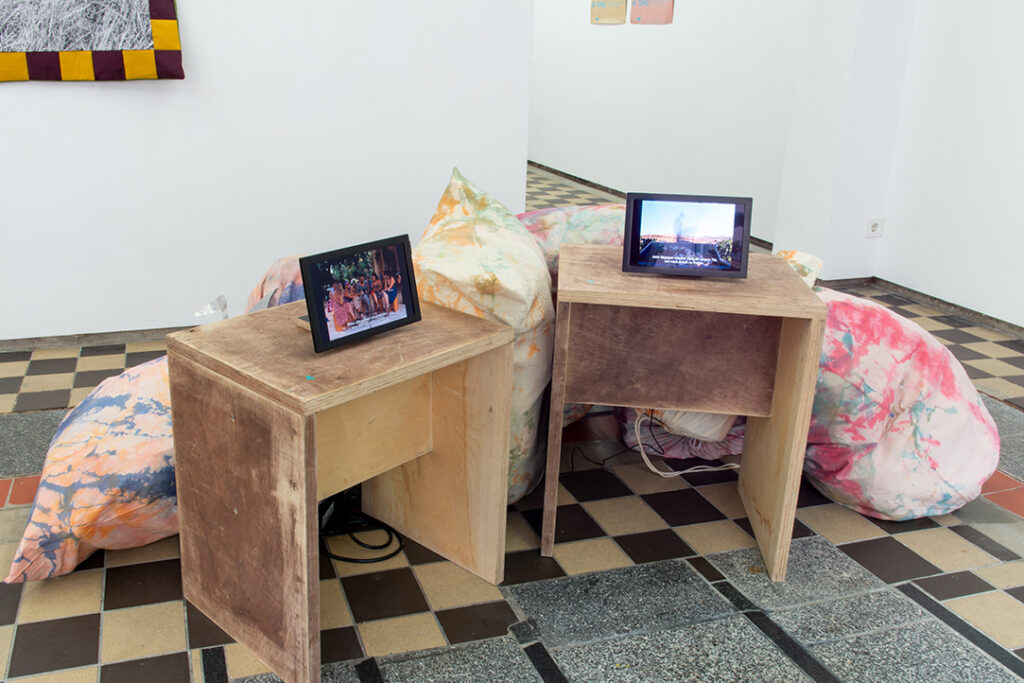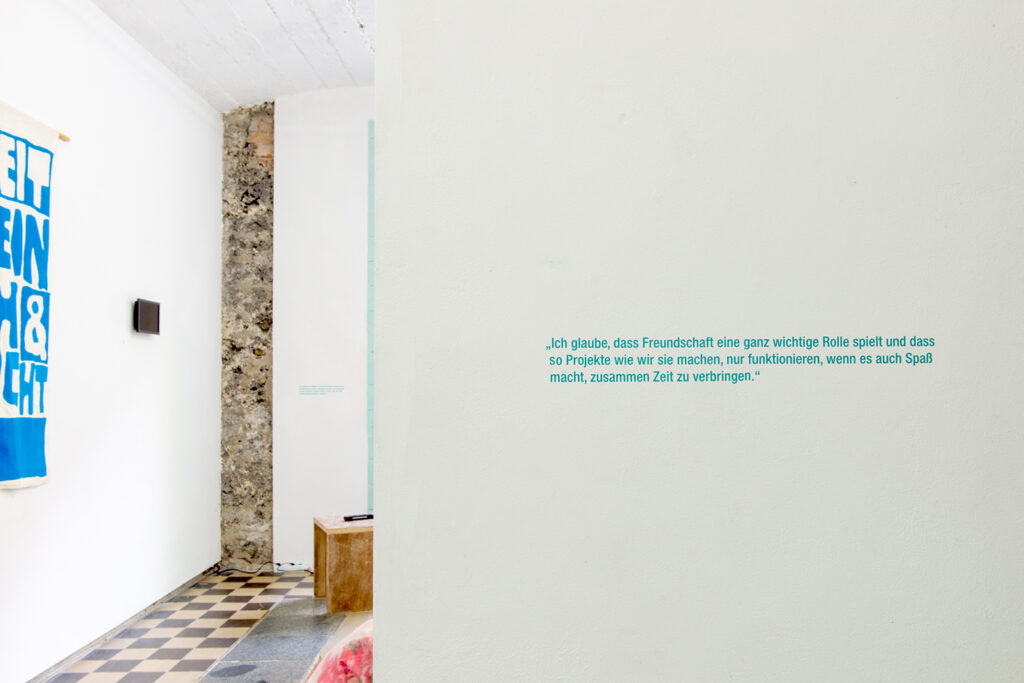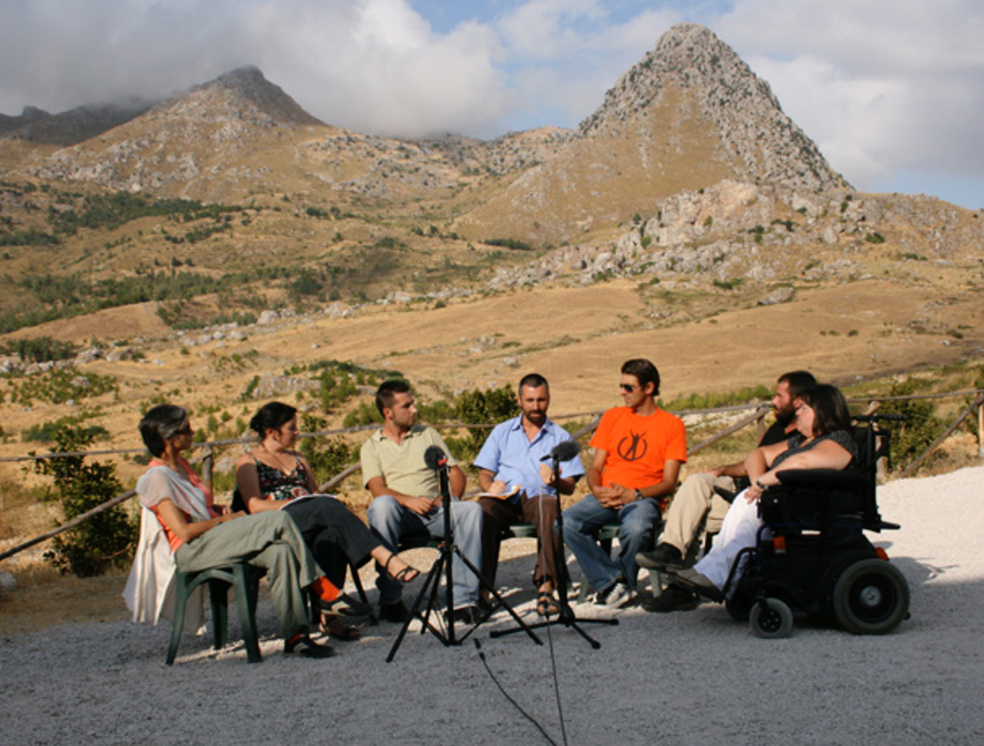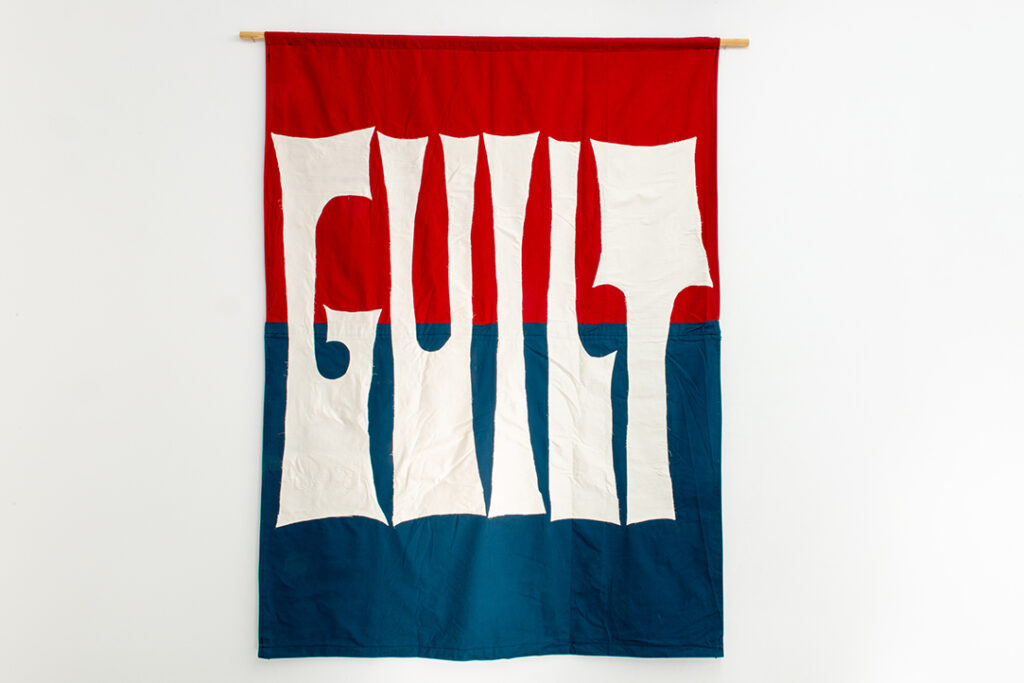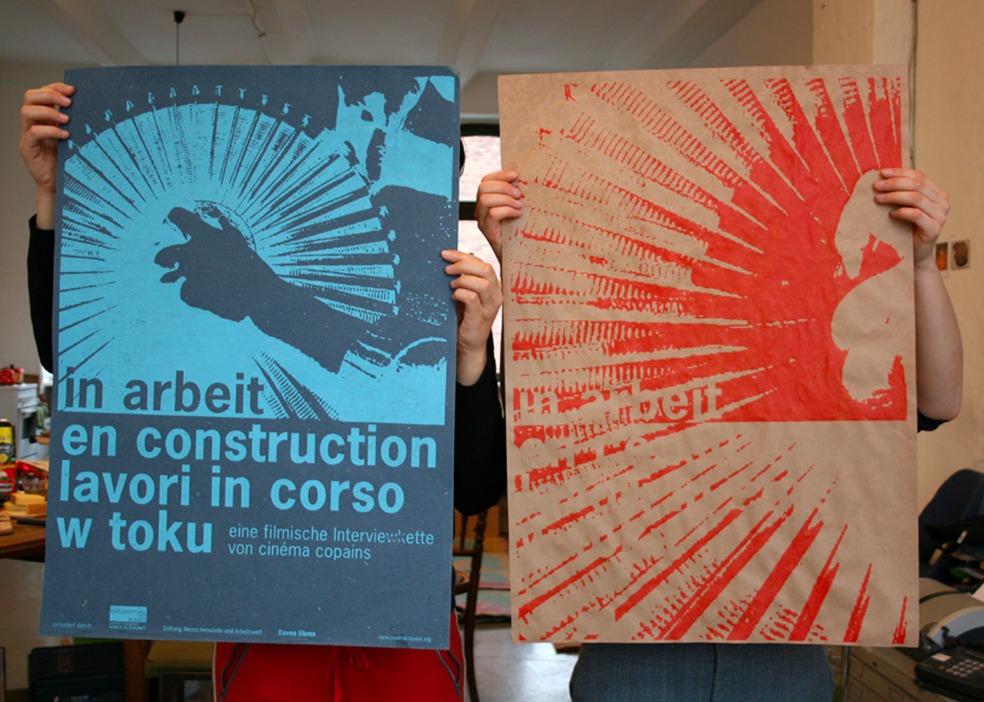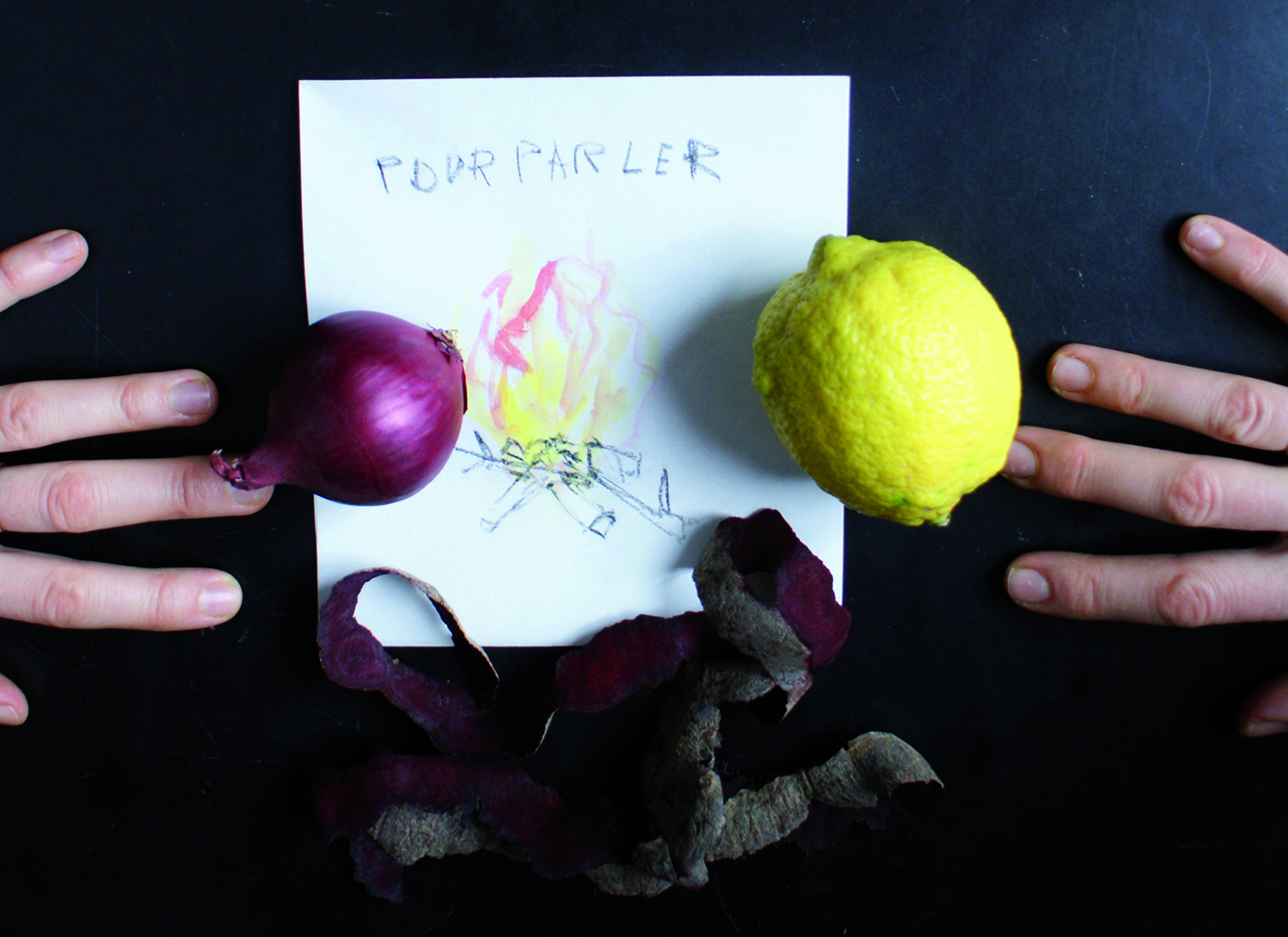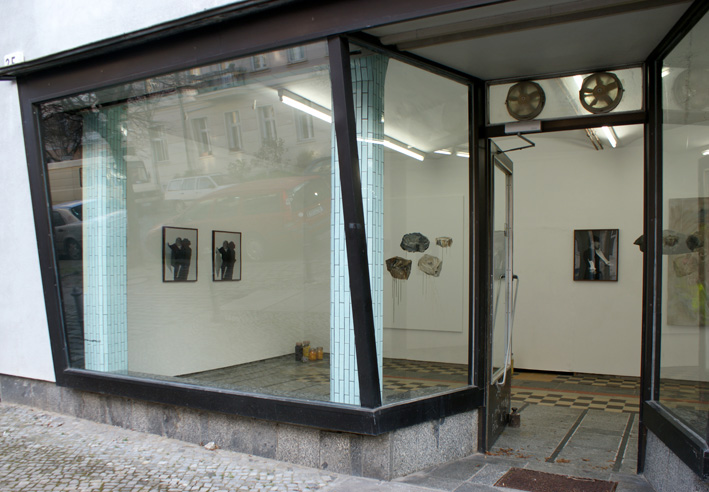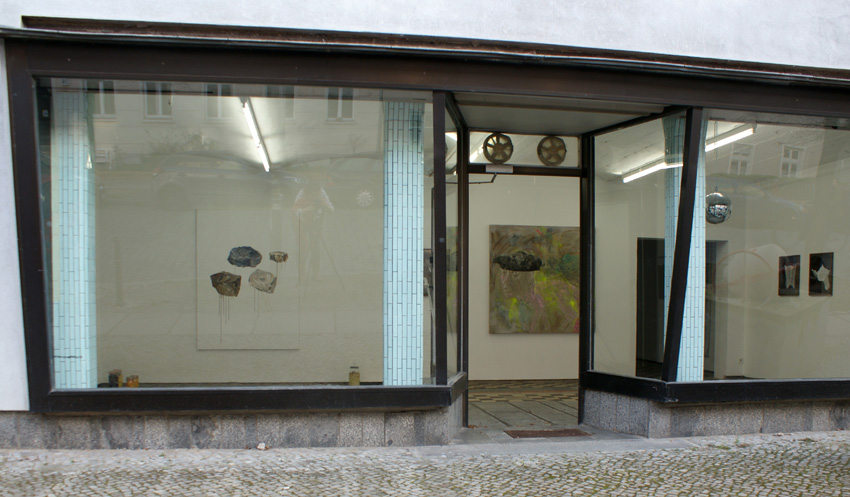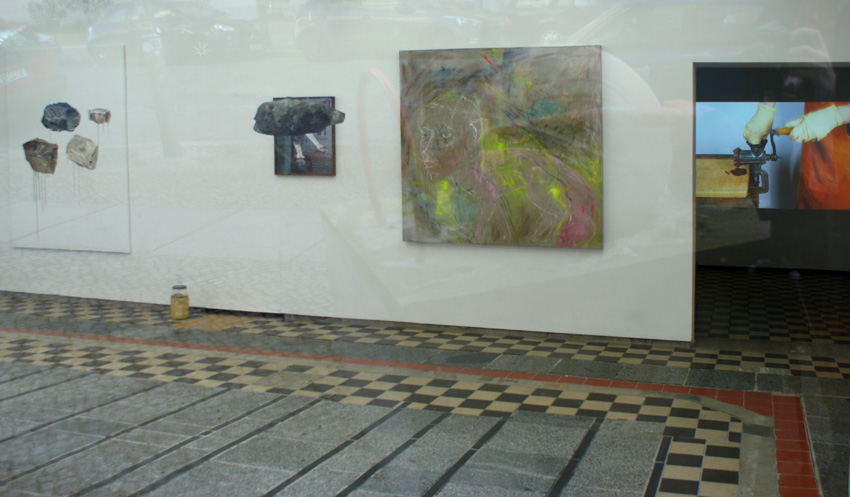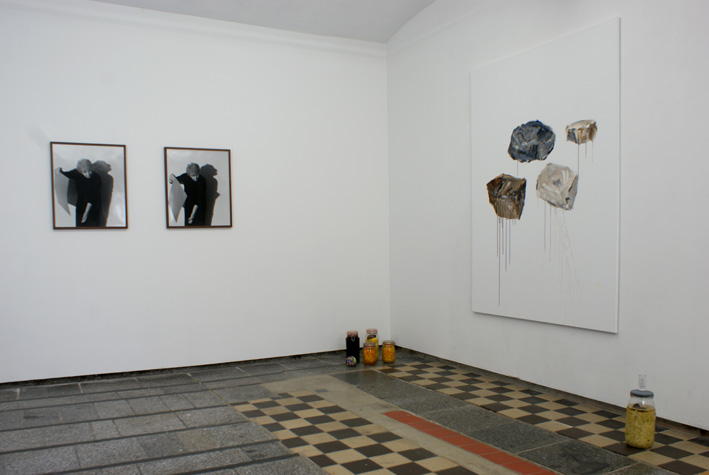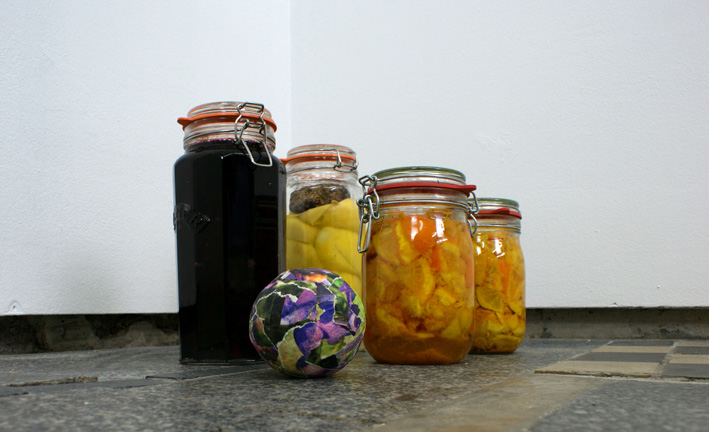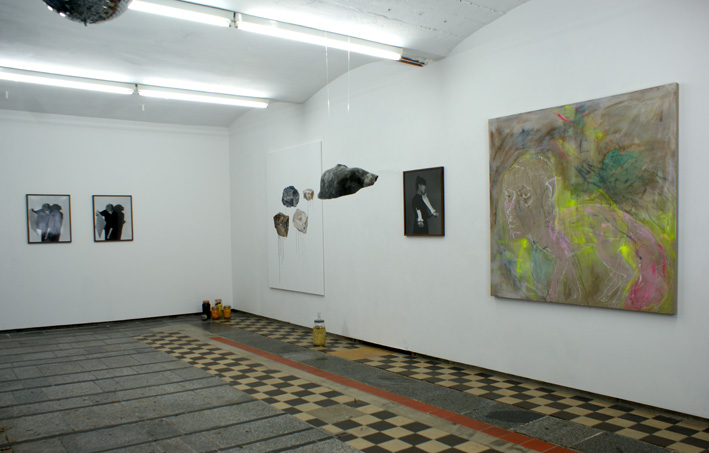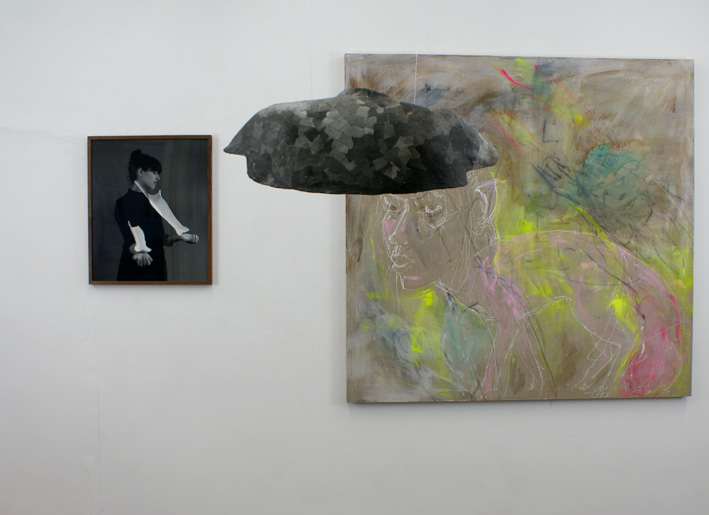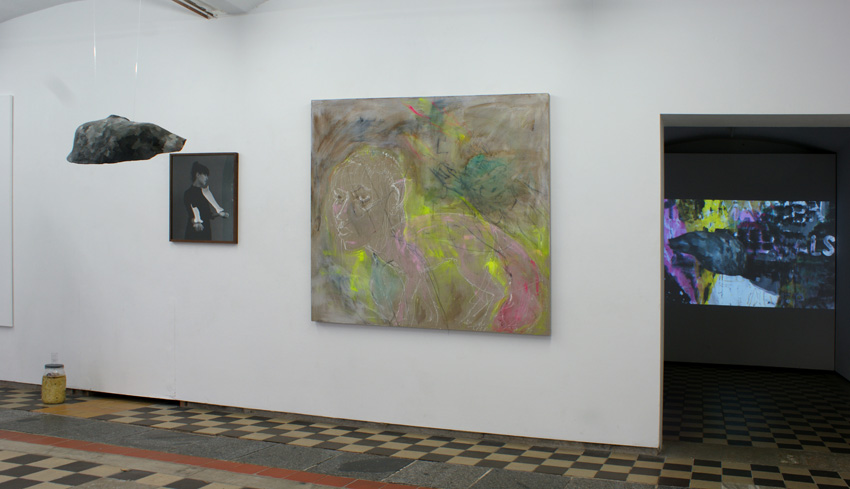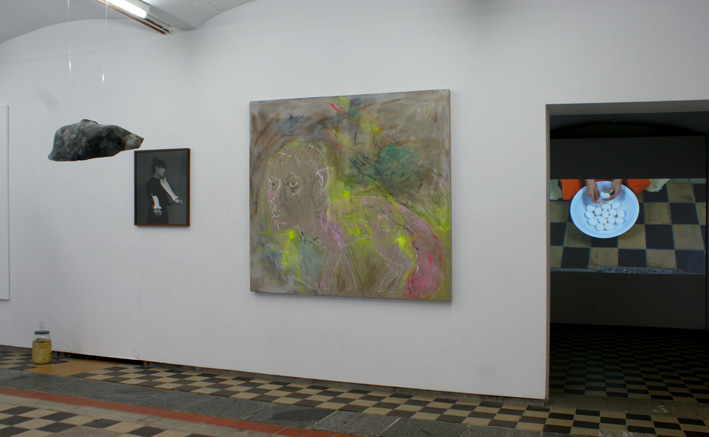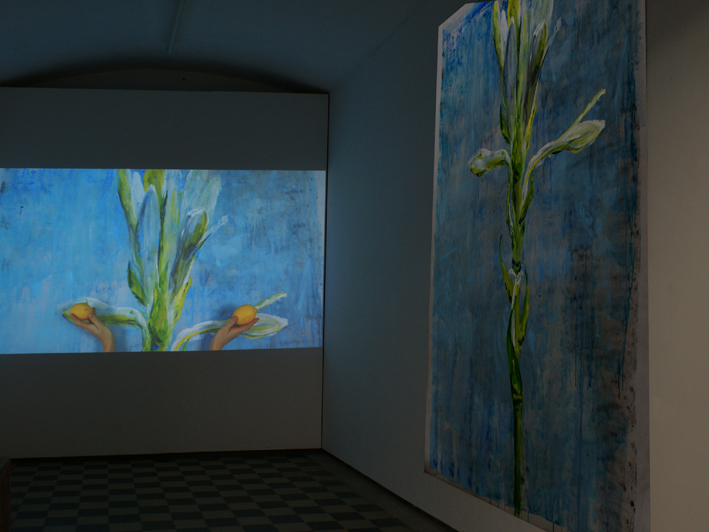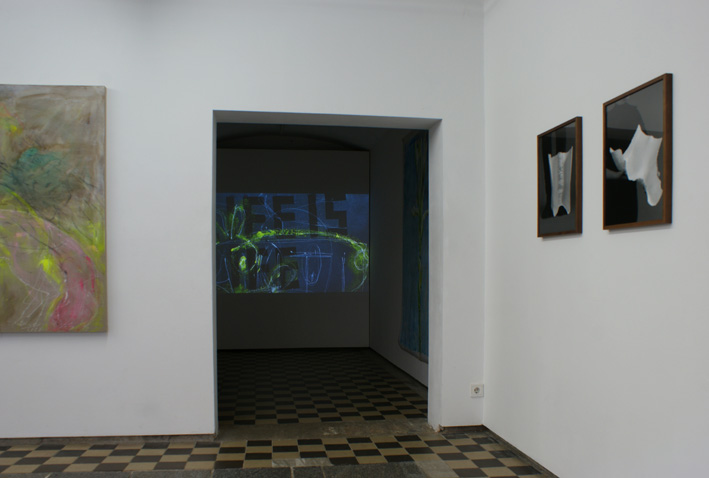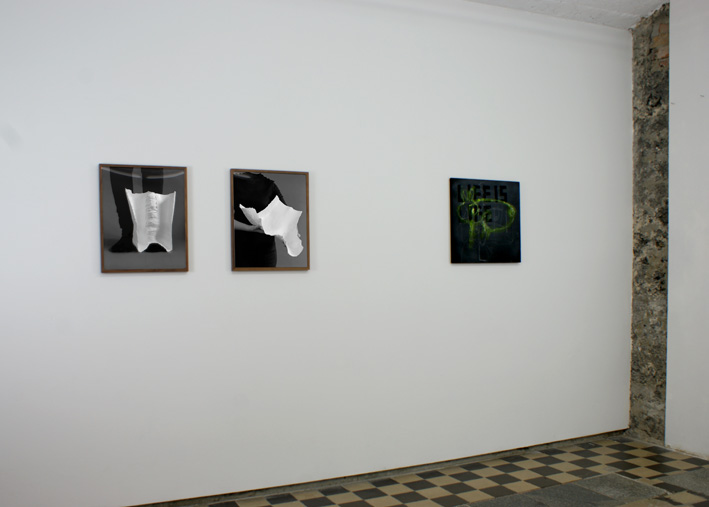CLASS OF ASTA GRÖTING

RANDOM ACCESS MEMORIES
Andreas Baumgartner, Laura Dechenaud, Jan-Louis Gens, Leonardo Grüning, Pauline Hömmen, Juhi Hong, Gregor Kieseritzky, Charlotte Kremberg, Luis Kürschner, Johannes Möller, Jeroen Laessig, Sophie Pape, Lucila Pacheco Dehne, Camilla Schiegnitz, Stefan Schramm, Julika Teubert, Simiao Yu, Yuan Yuan, Hye Yun
Exhibition: May 7-June 13, 2021
after the butcher, showroom for contemporary art and social issues is pleased to invite you to visit random access memories an exhibition with students from the class of Asta Gröting at the Braunschweig University of Fine Arts.
Exhibition: 7 May – 13 June 2021
Opening hours: Fridays 5pm-10pm, Saturdays 12pm-8pm and Sundays 12pm-6pm. We kindly ask you to register for the visit by mail:
ina@after-the-butcher.de or call us on 0178-3298106 to get your personal time-slot.
Current rules to prevent the spread of C19 apply in the showrooms.
When we dream, we are in a place that seems to exist alongside our reality. A previously hidden conglomeration of unconscious impressions, fears and desires opens up to us. For the surrealists, the reality experienced during sleep was no less important than the waking state. André Breton wrote in his Surrealist Manifesto of 1920:
“(…) why should I not concede to the dream what I sometimes deny to reality, namely that value of my own certainty which is not at all denied by me during the dream-span?”.
At least this effect directly experienced in the dream can hardly be evaded by anyone. Despite this, or precisely because of it, we often find it difficult to draw and comprehend the line between dream and reality. This is particularly noticeable in utopias and daydreams, which often speak of desires and ideals that do not seem attainable for us at all.
In the exhibition random access memories, the Gröting class asks how reality can influence our dreams, or rather how dreams influence our reality.
“We have actually met every week on Mondays since January to establish a common process. Continuity was especially important because we couldn’t meet in real life. We always try to shape and decide everything democratically and on a horizontal hierarchical level. This slows down the process, but it is important for our class cohesion.
We do this by looking at what topics interest and excite us at the moment and connect us all in some way. We decided on the topic of dreams because we see it as a nice option to connect the personal and the social.
To develop the concept together, we started doing dream experiments. We set ourselves a new task every week to see if we can influence our dreams together. For example, one week we all listened to the same song before going to bed to see what would happen. Another week we read an excerpt from André Breton’s Manifesto of Surrealism, which is also about dreams, as the last action before going to sleep. We wrote down our daily routine and actively tried to control our daydreams. Through these experiments we got into conversation with each other about what dreaming means and how we dream.
What was strange about the process was that it is actually a very personal and individual topic, but the online conference naturally brought a certain distance into it. Sitting together and hatching together in our studio was sorely lacking! But I still think that the exhibition was just the right thing at this time to work on something together again and to plan something more concrete and to get into conversation. I think it was and still is very good and important for the class and its development process that there is this common “point” of the exhibition, the bringing together of the works. Maybe it will be the key when we look back later on this special, also difficult period of the pandemic, that we can still remember something beautiful that we worked on and experienced together…” from the communication between students and Asta Gröting.
We look forward to your visit.
funded by:
